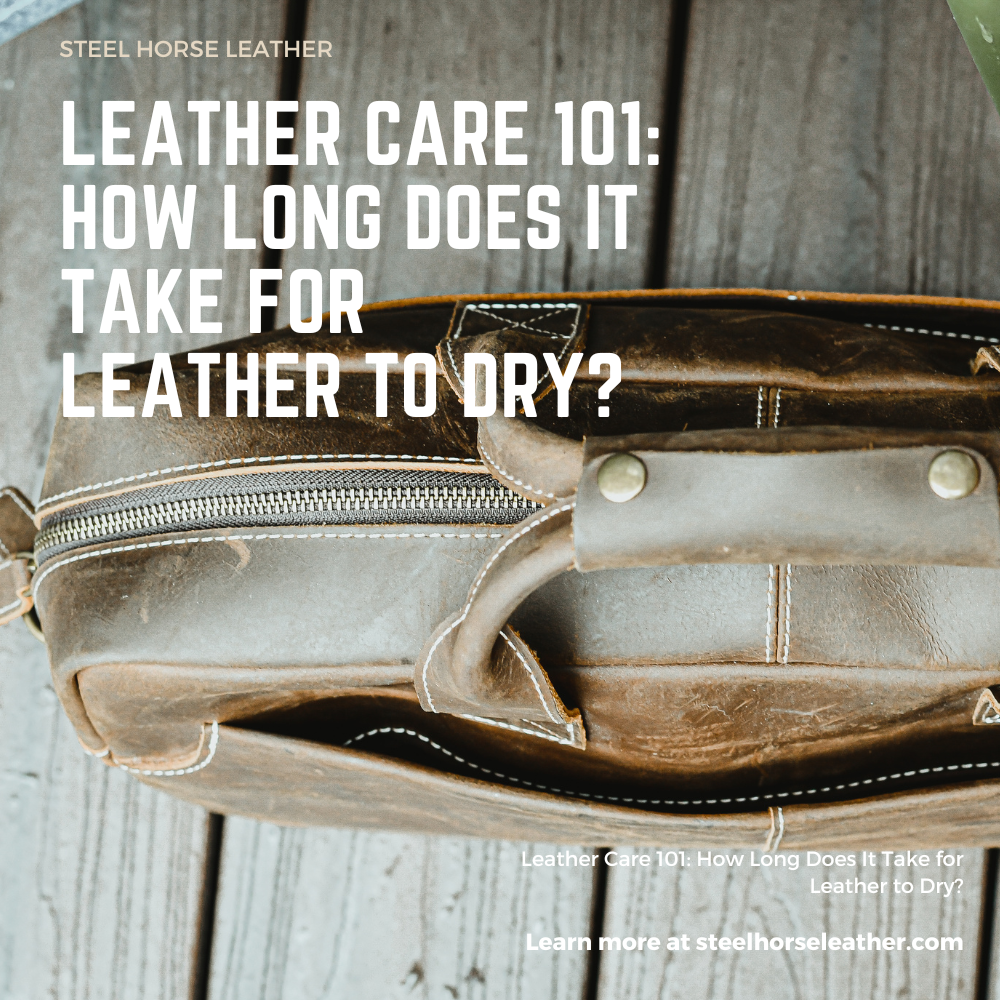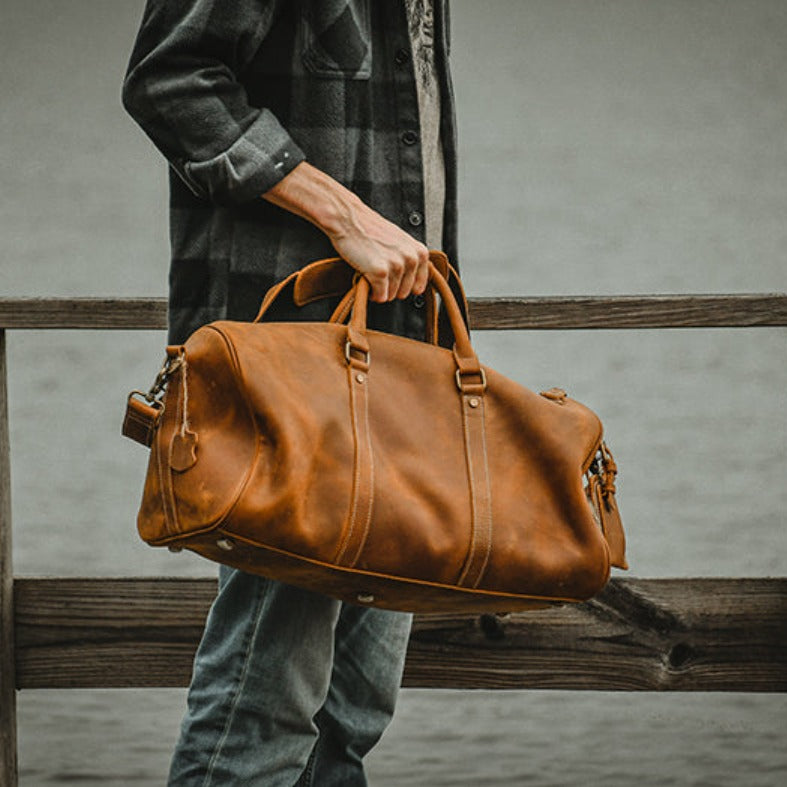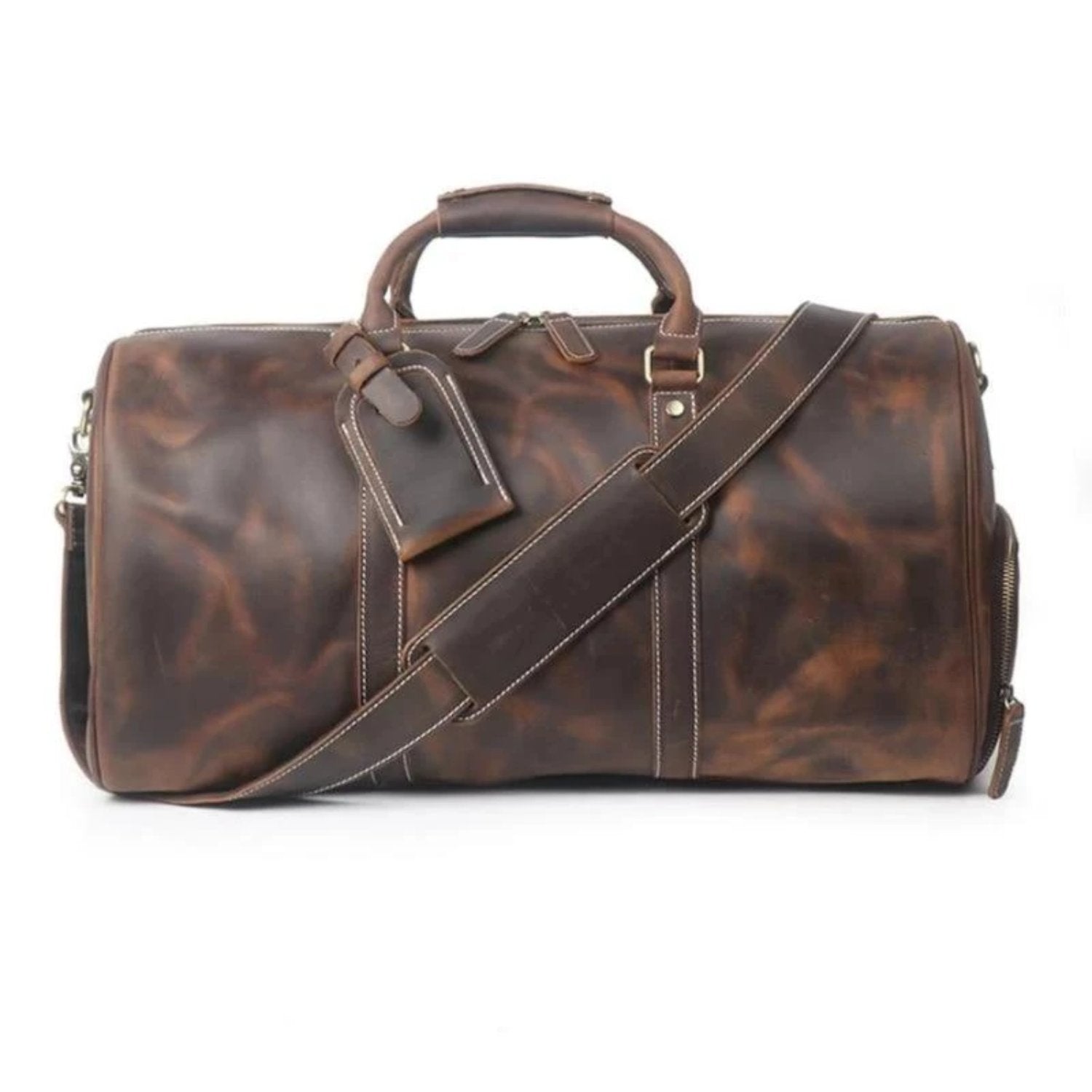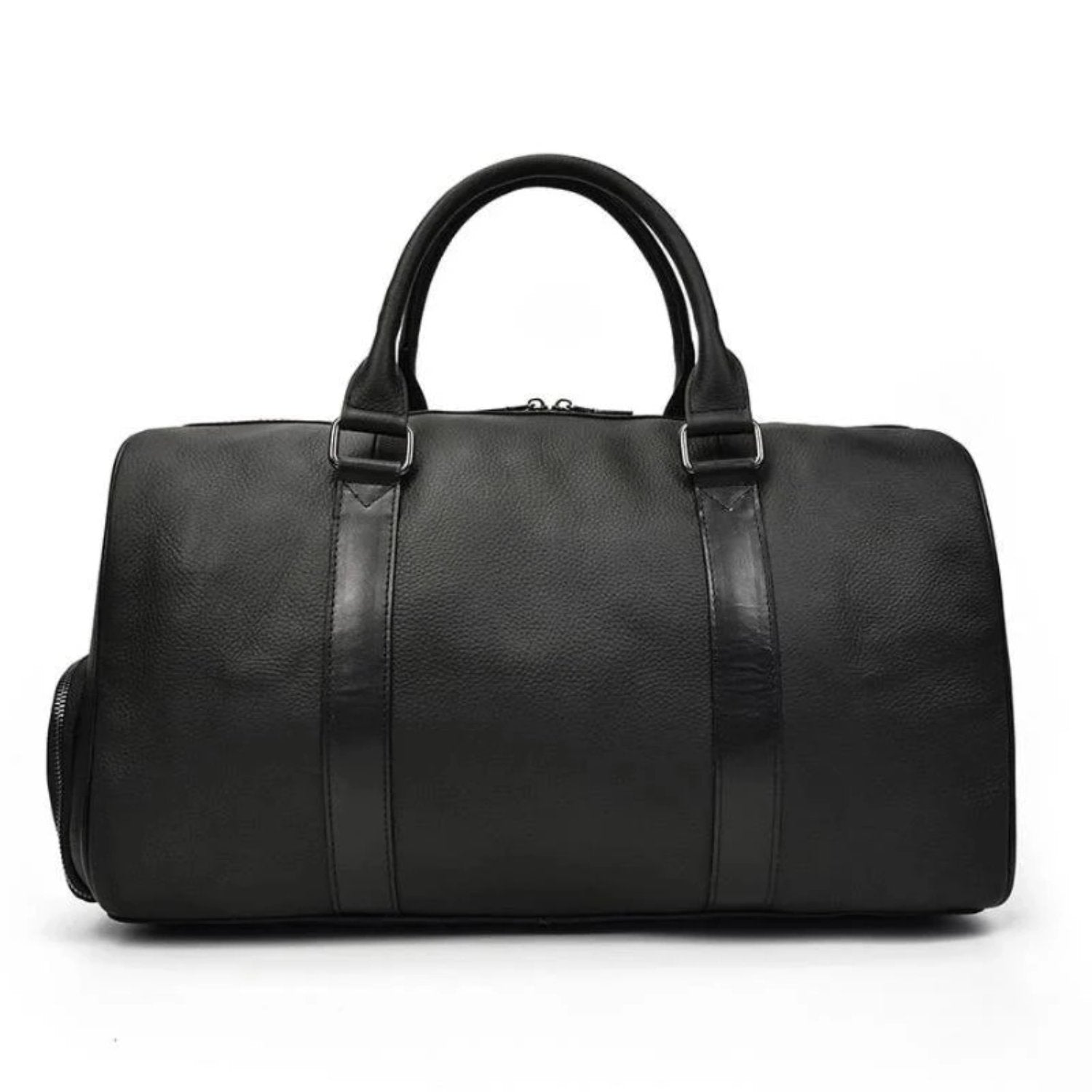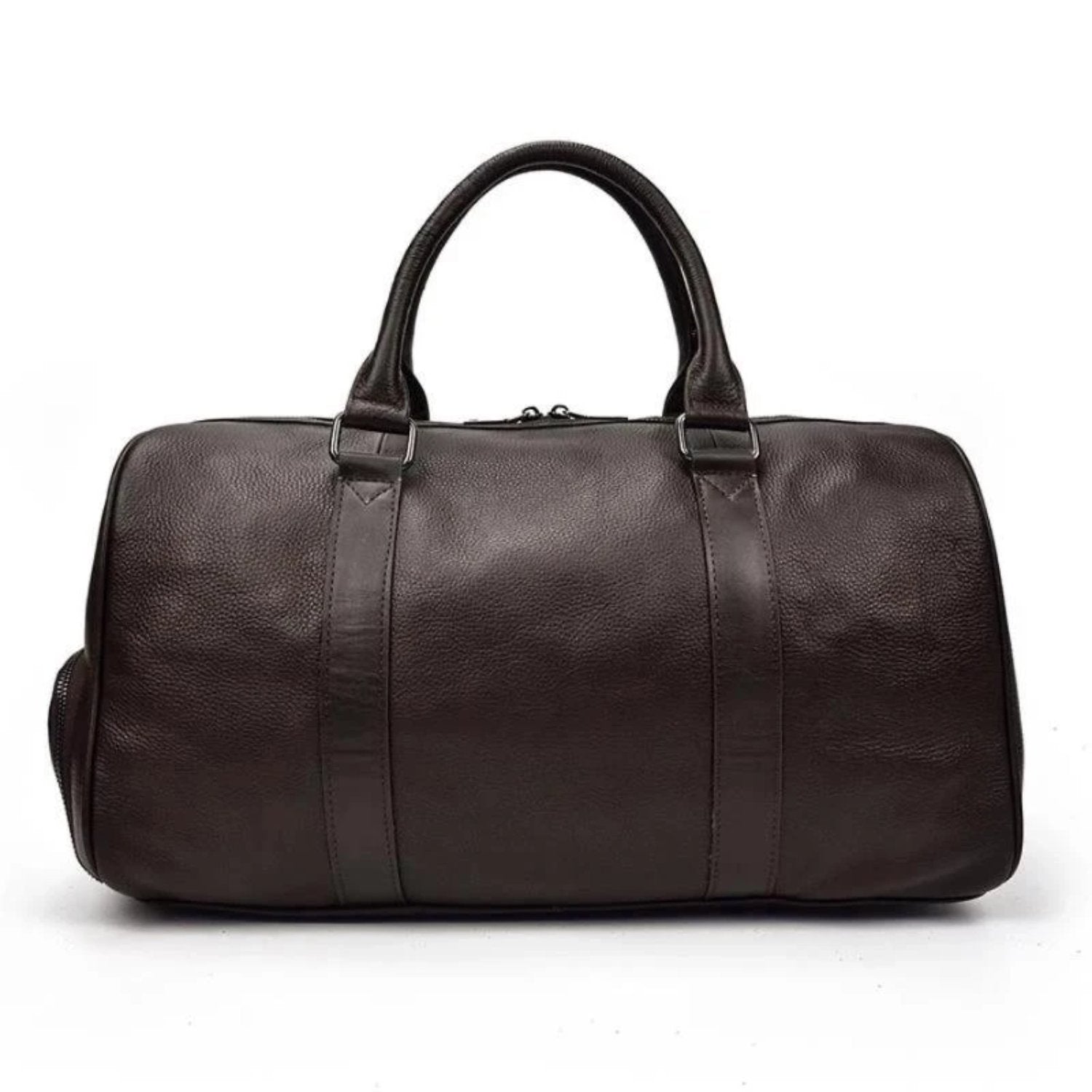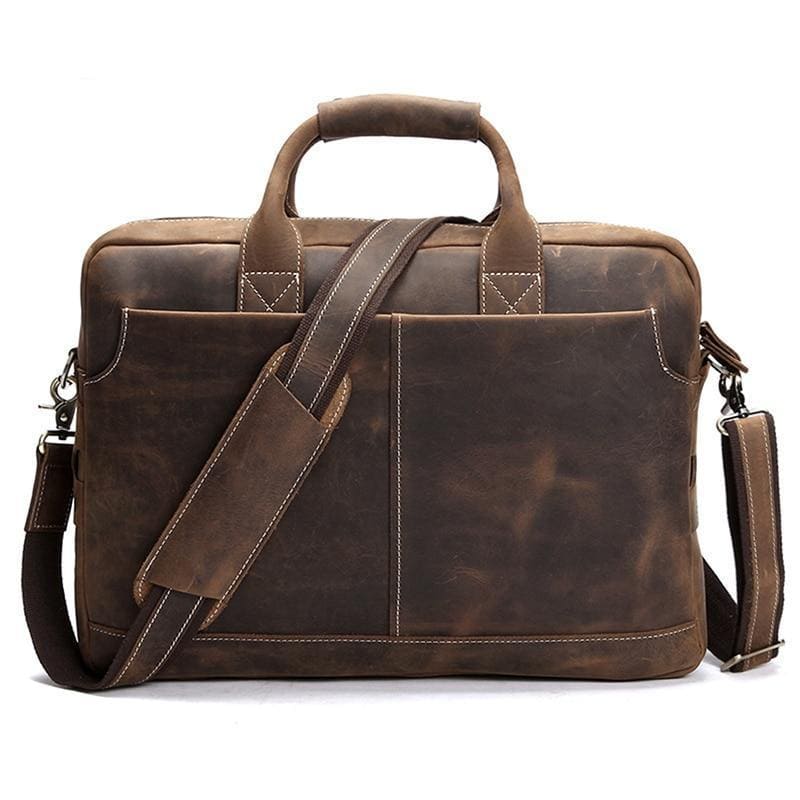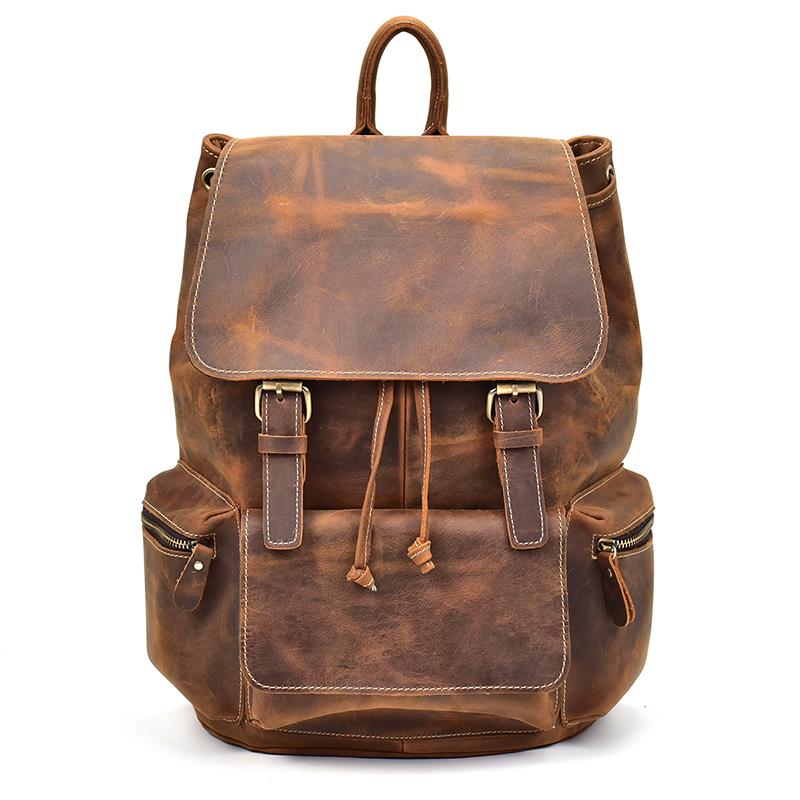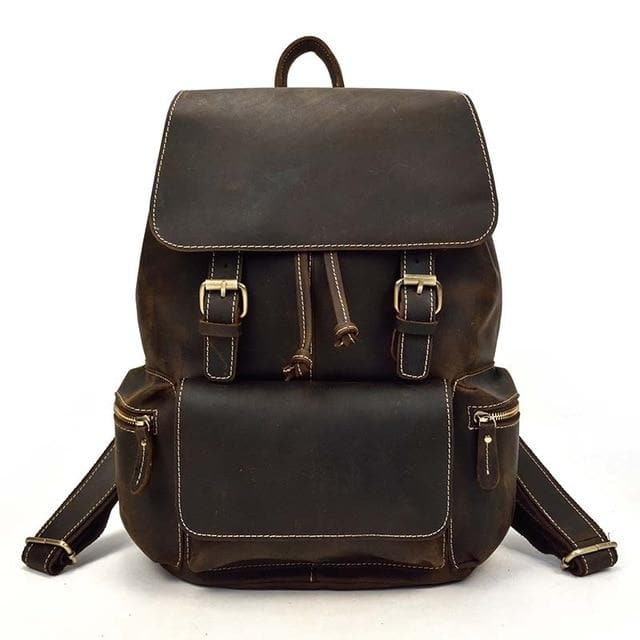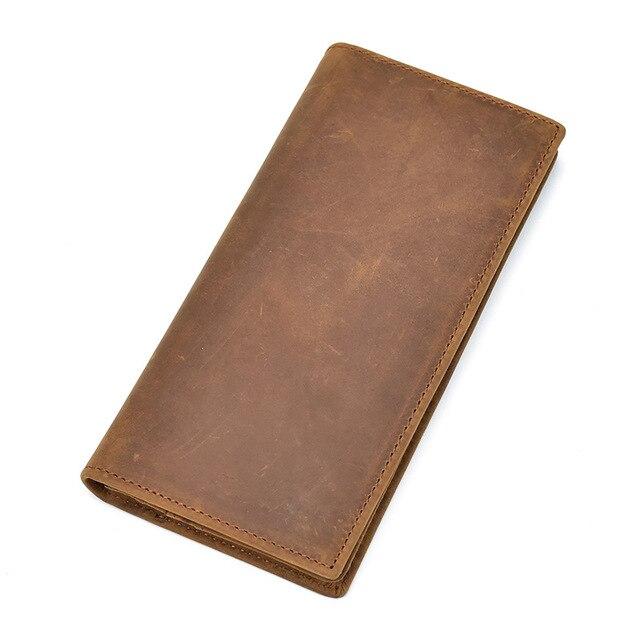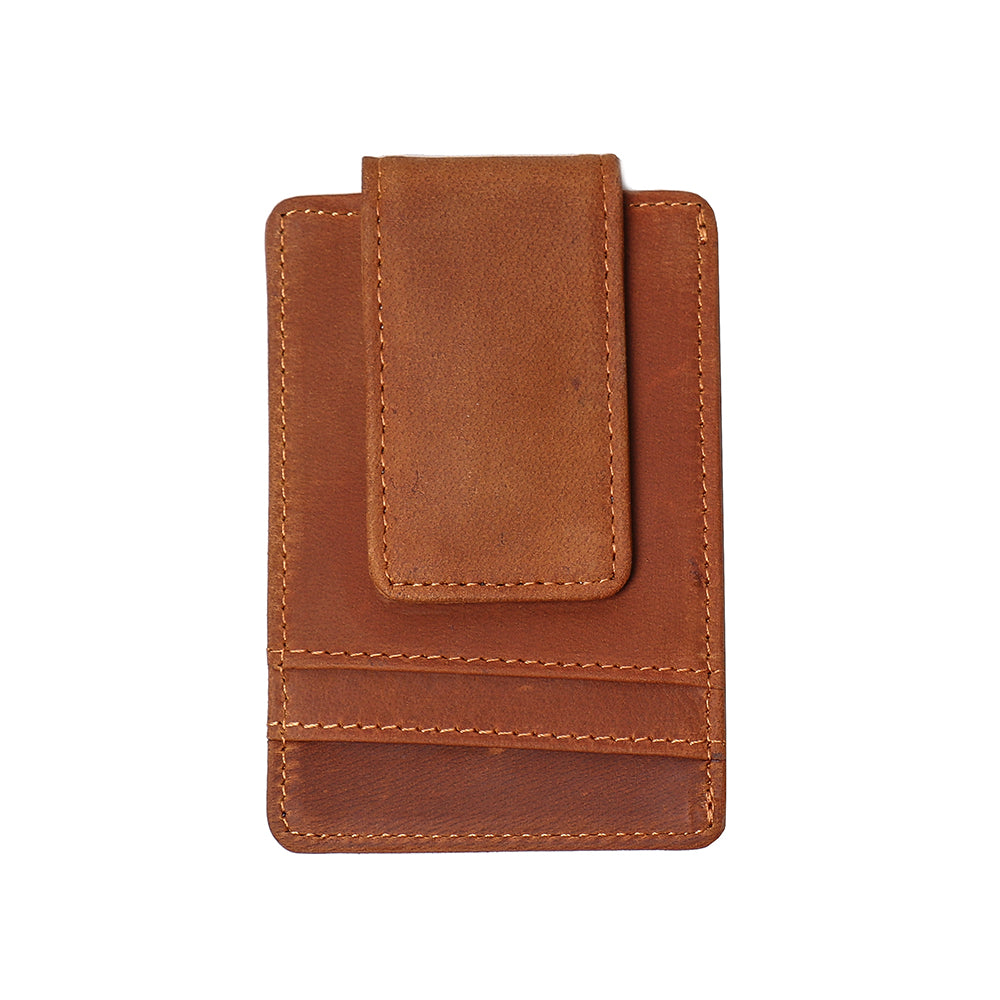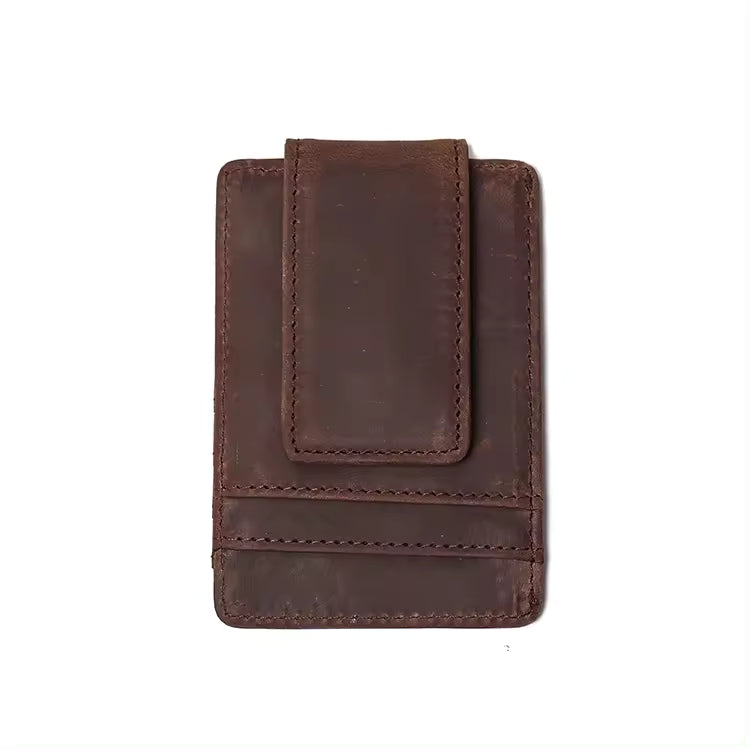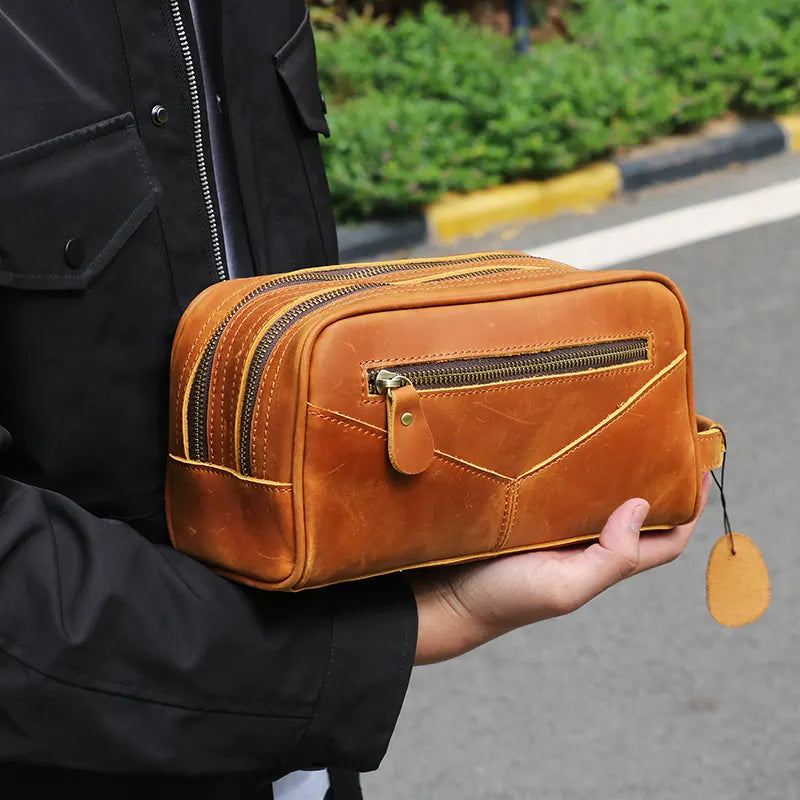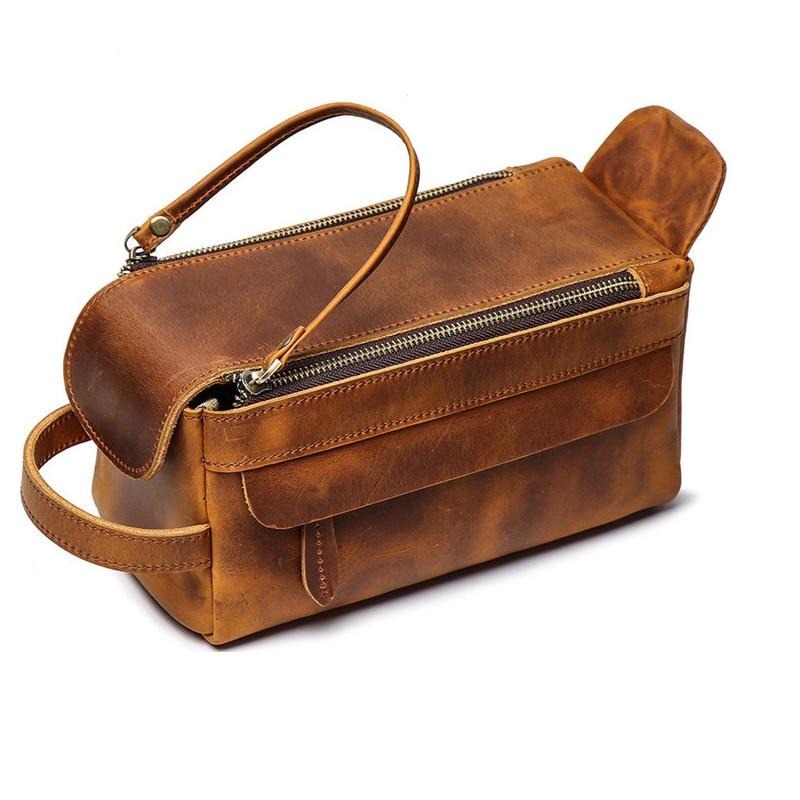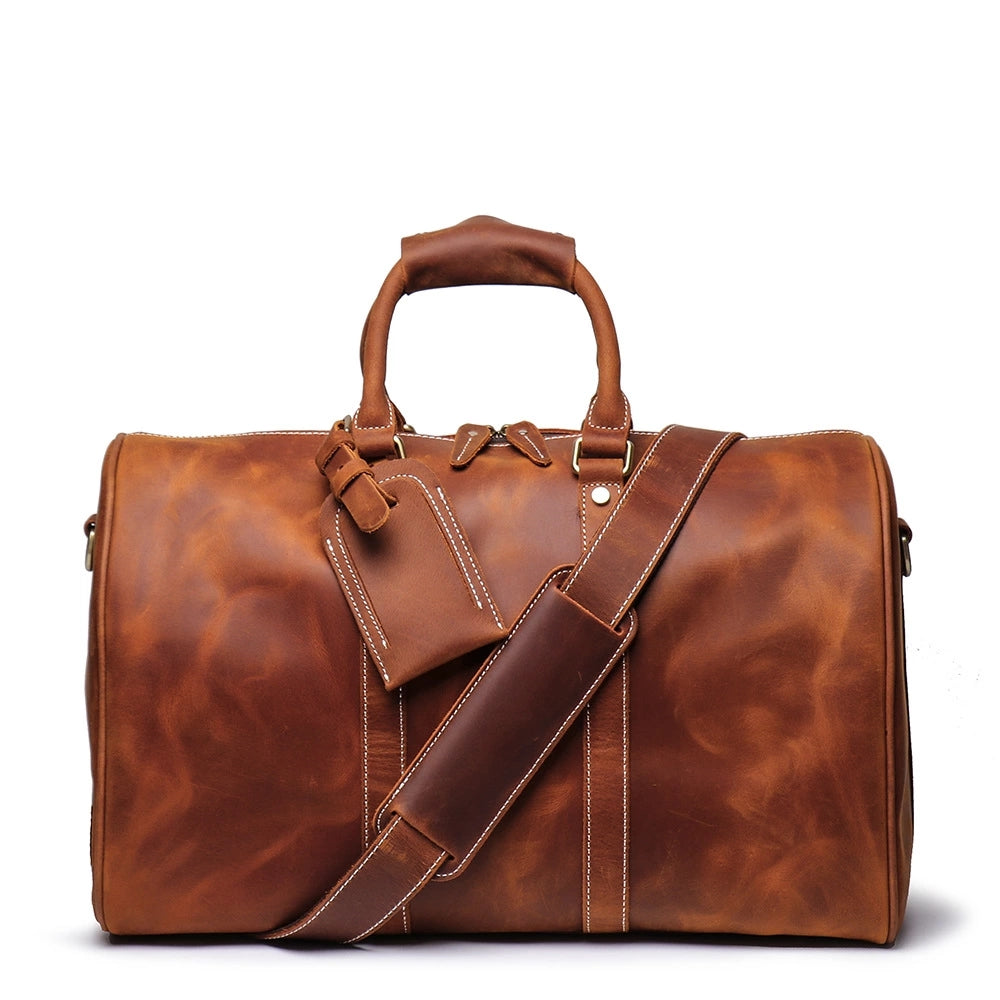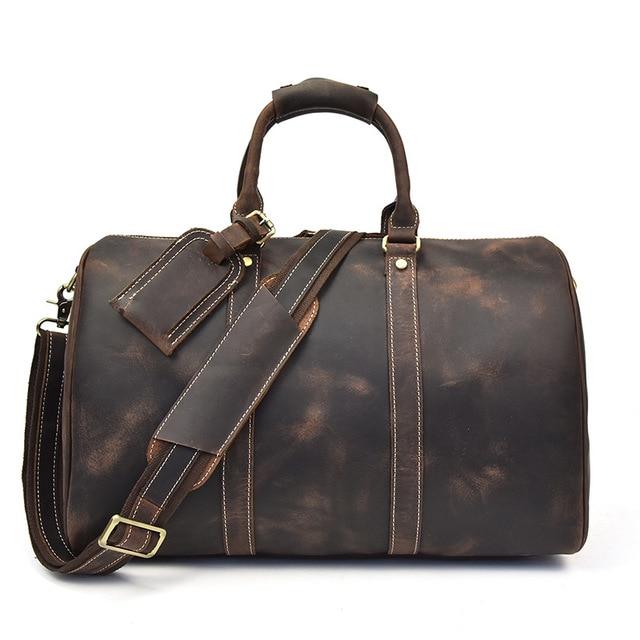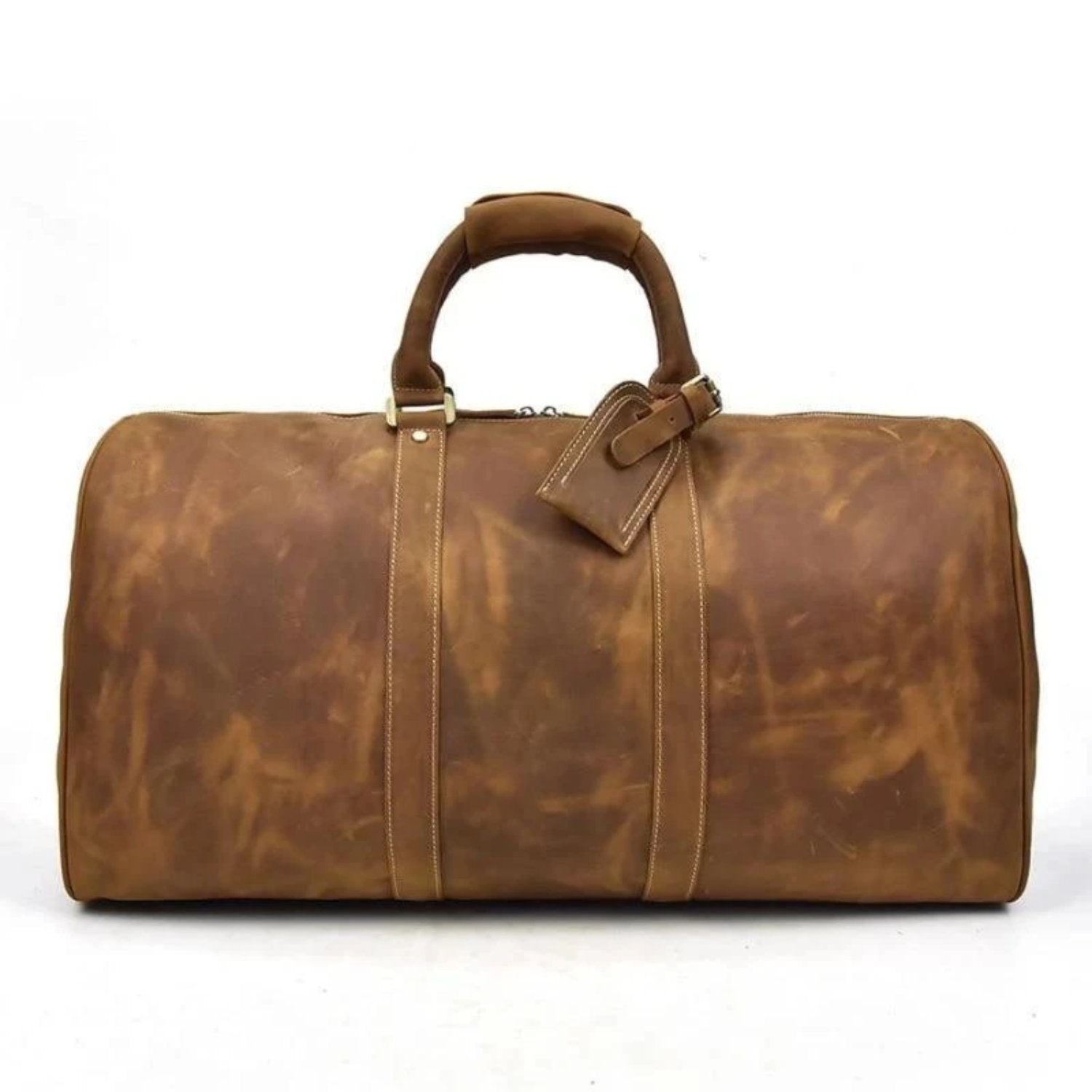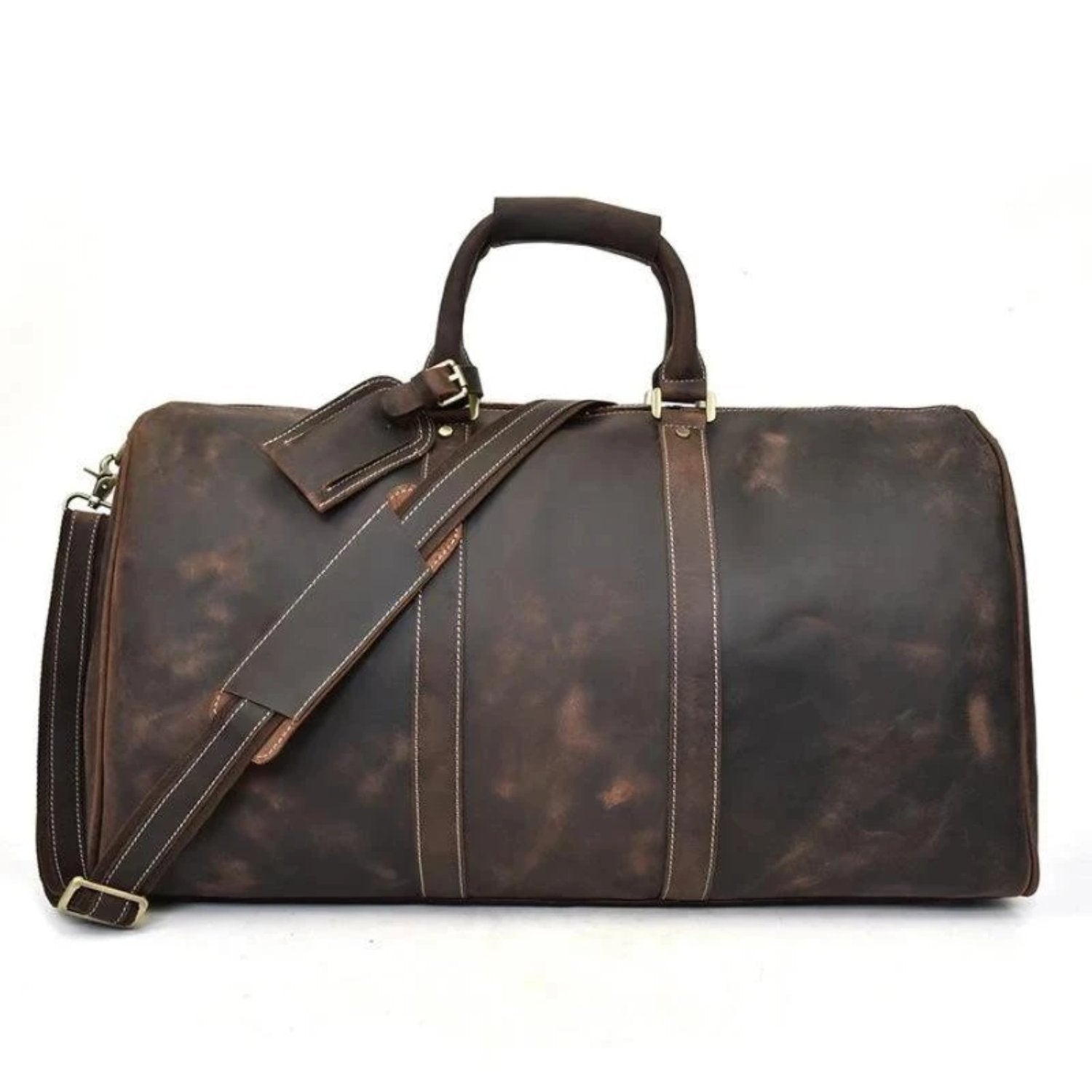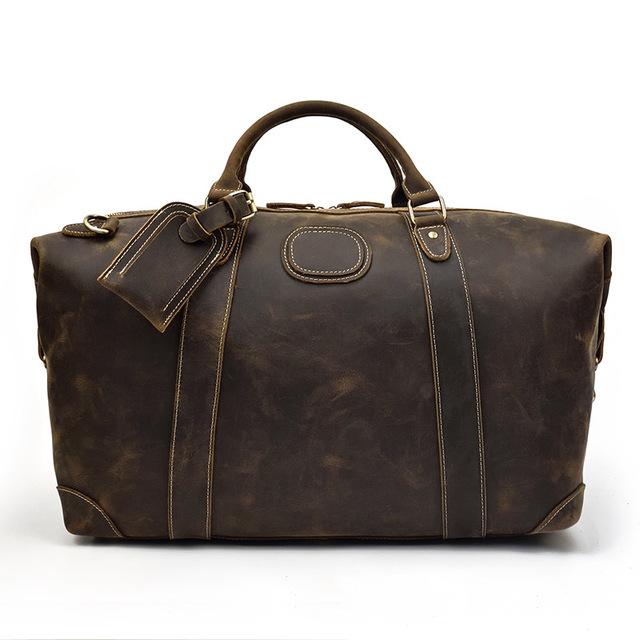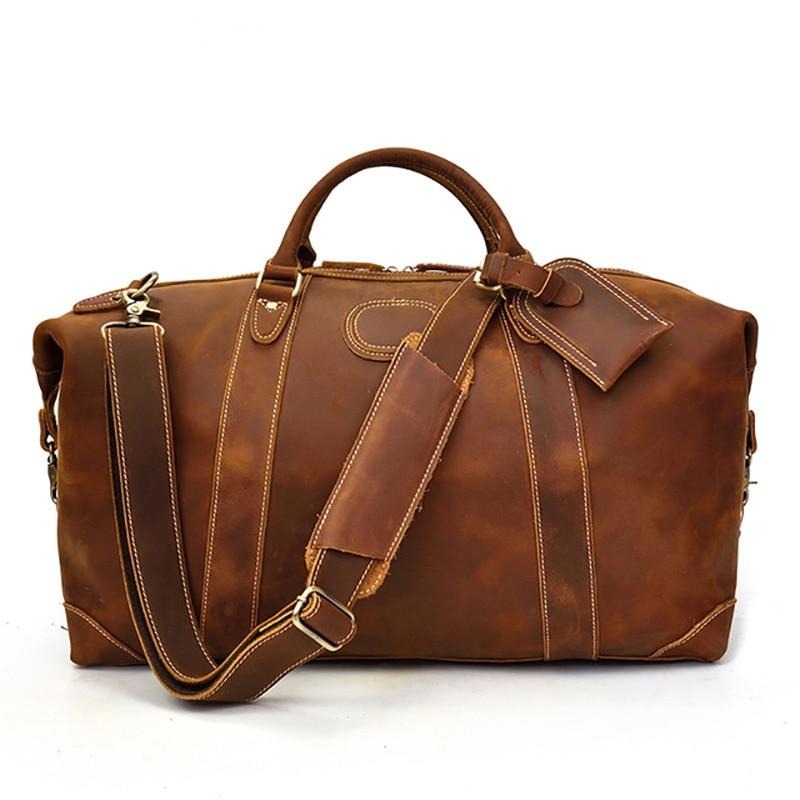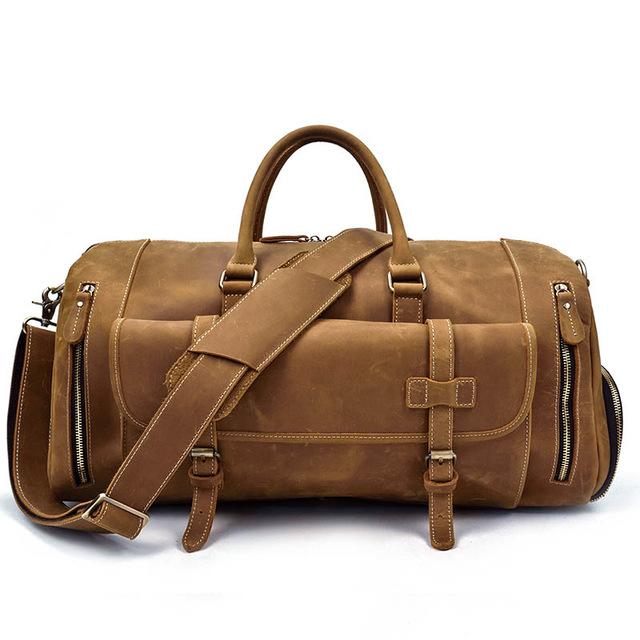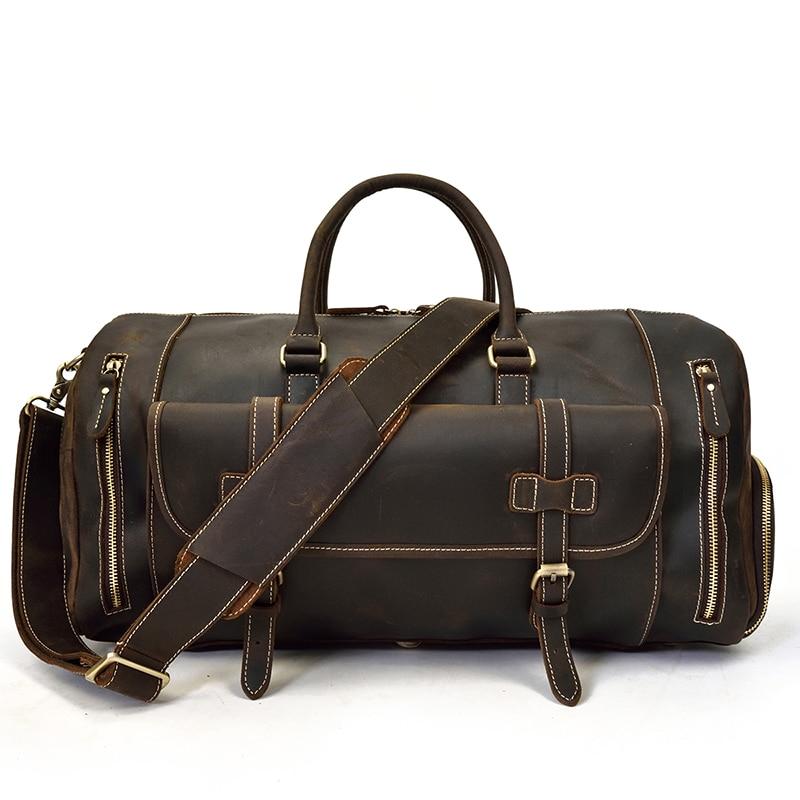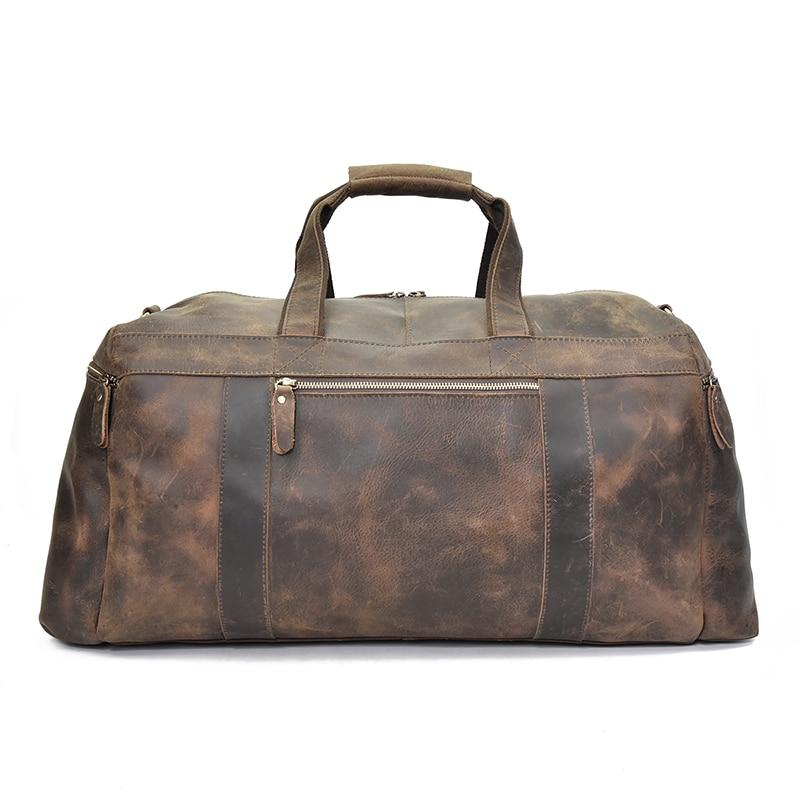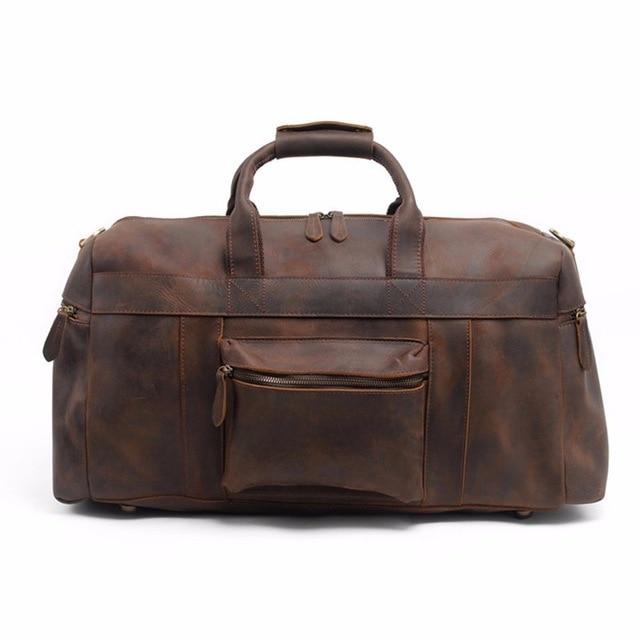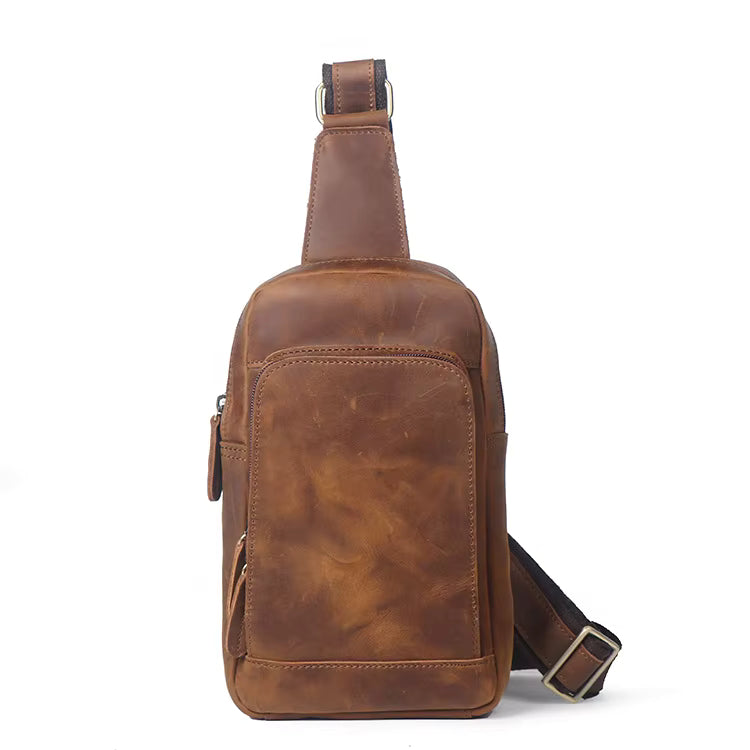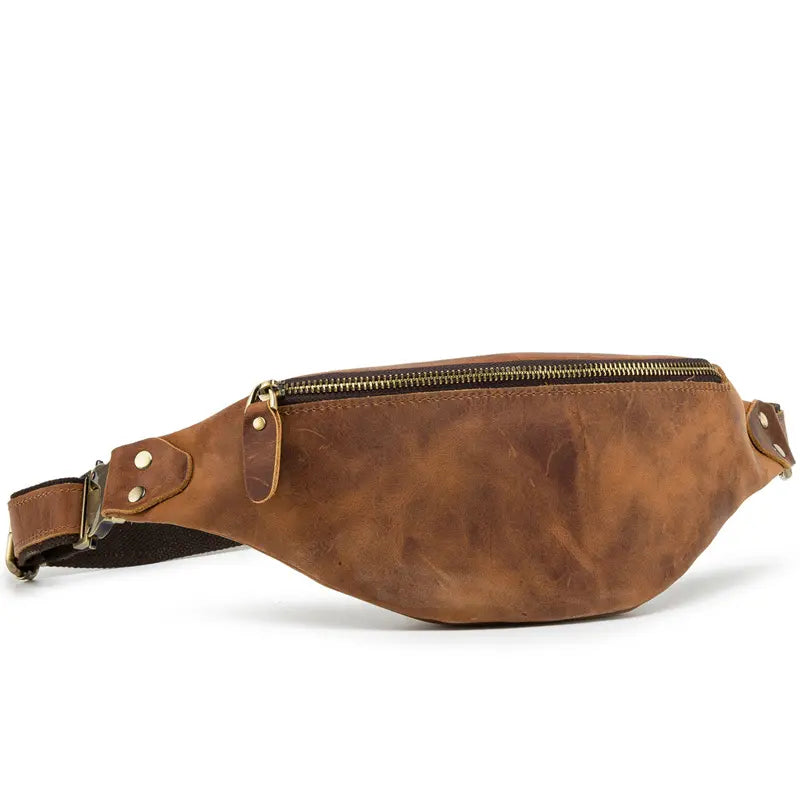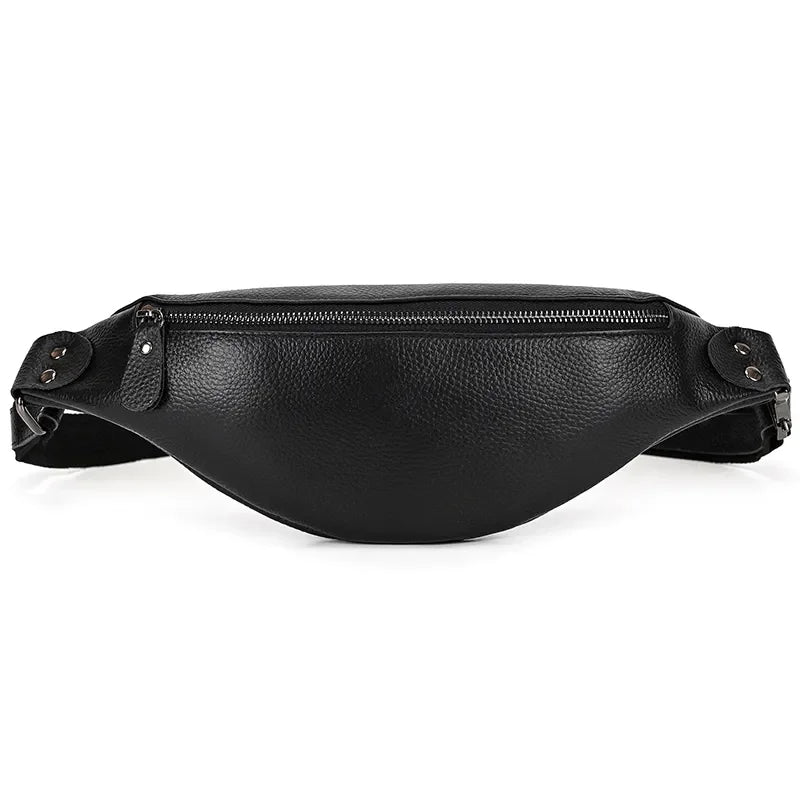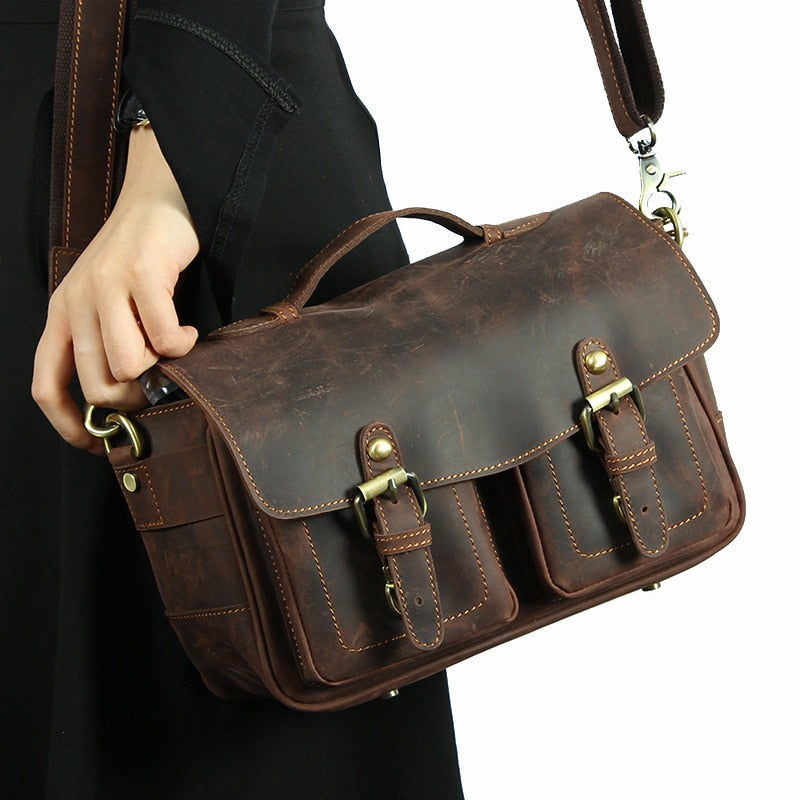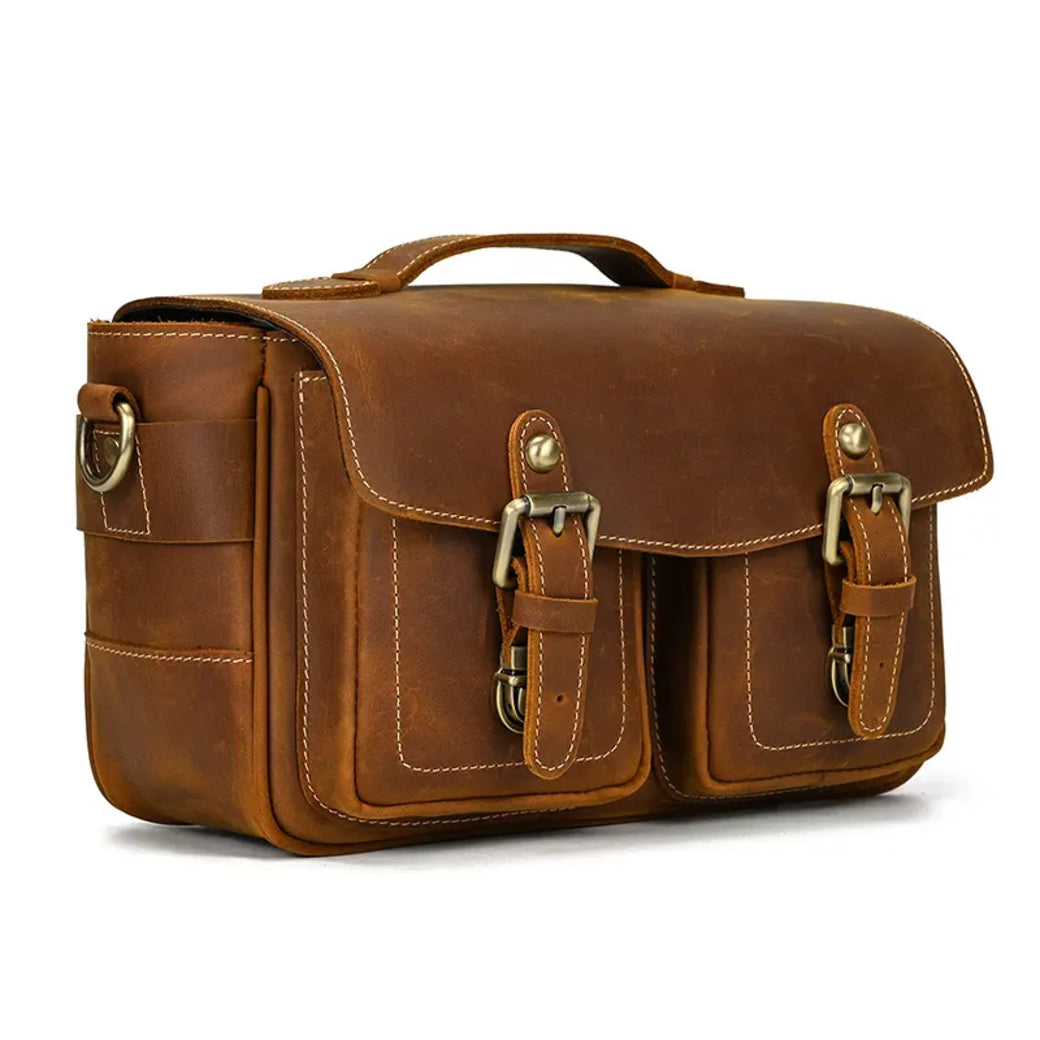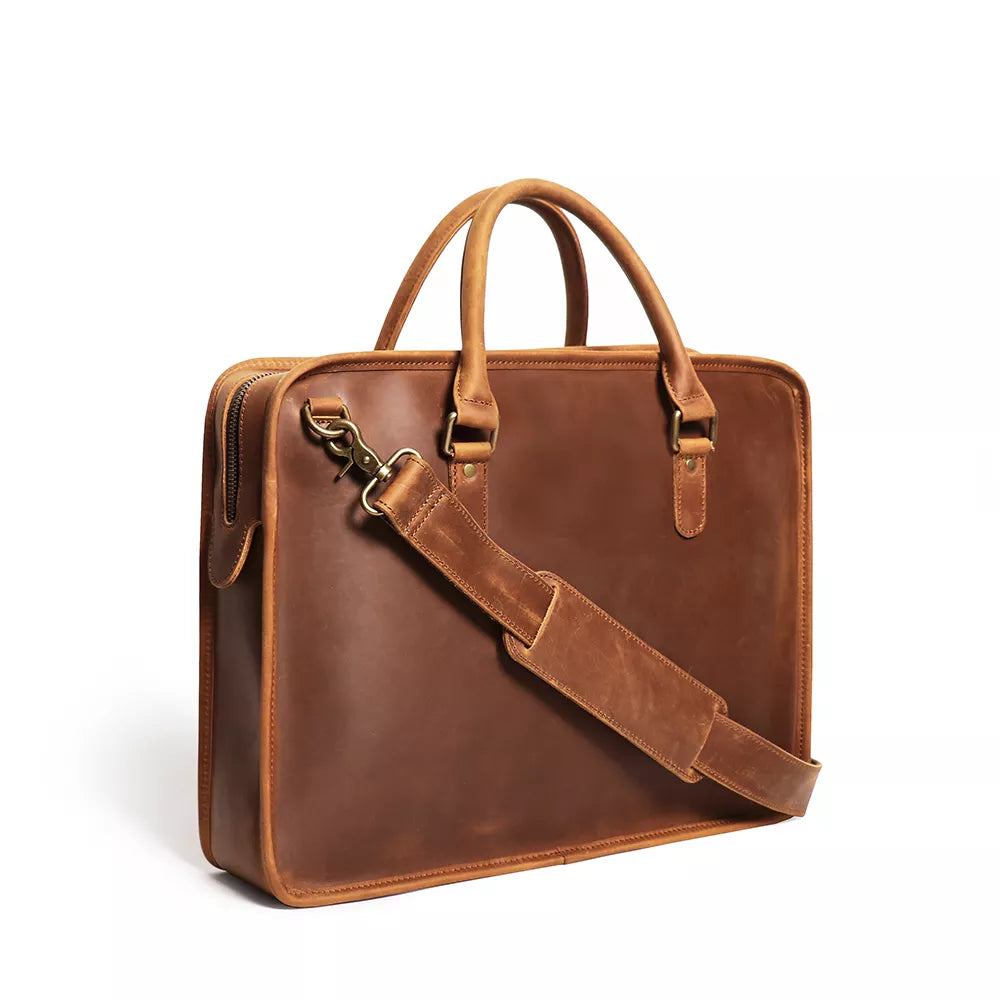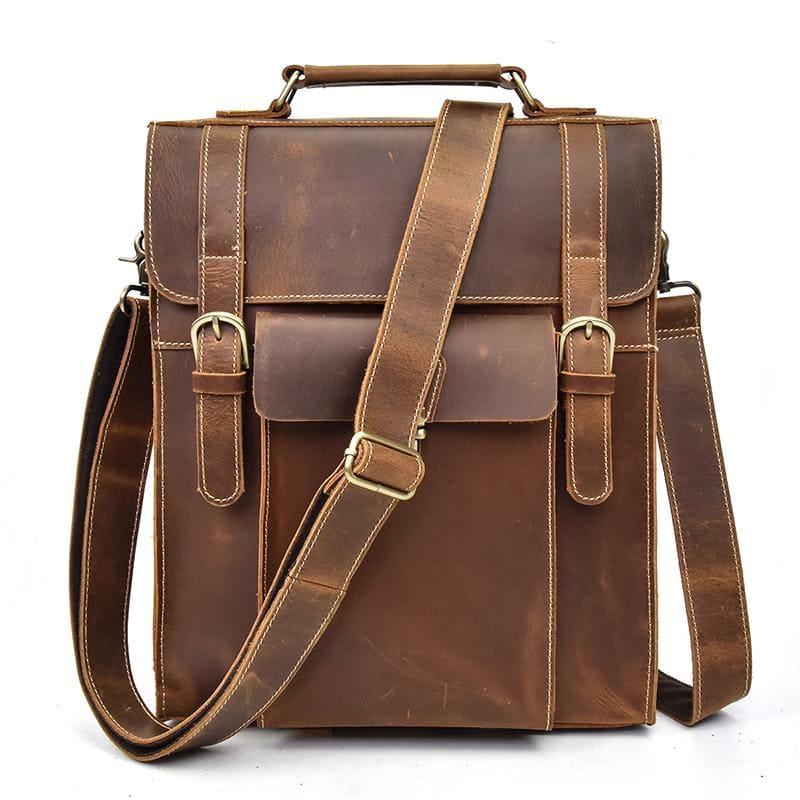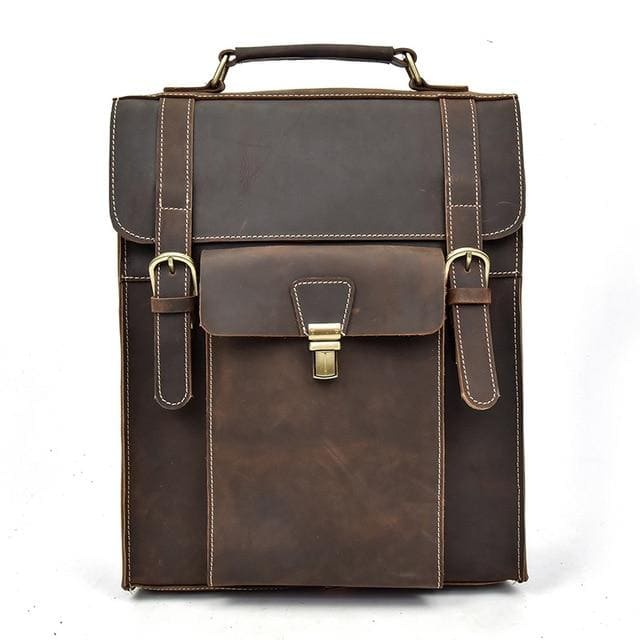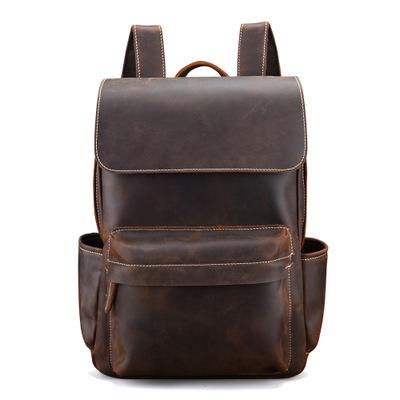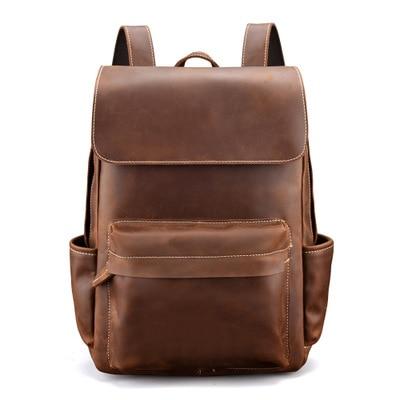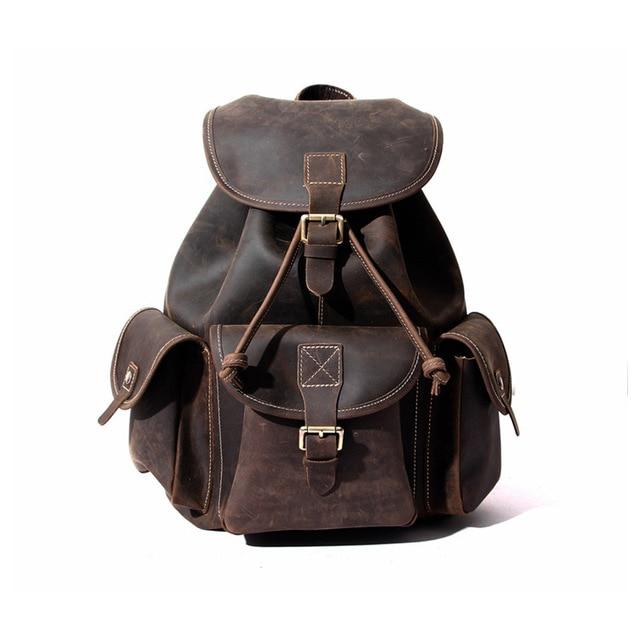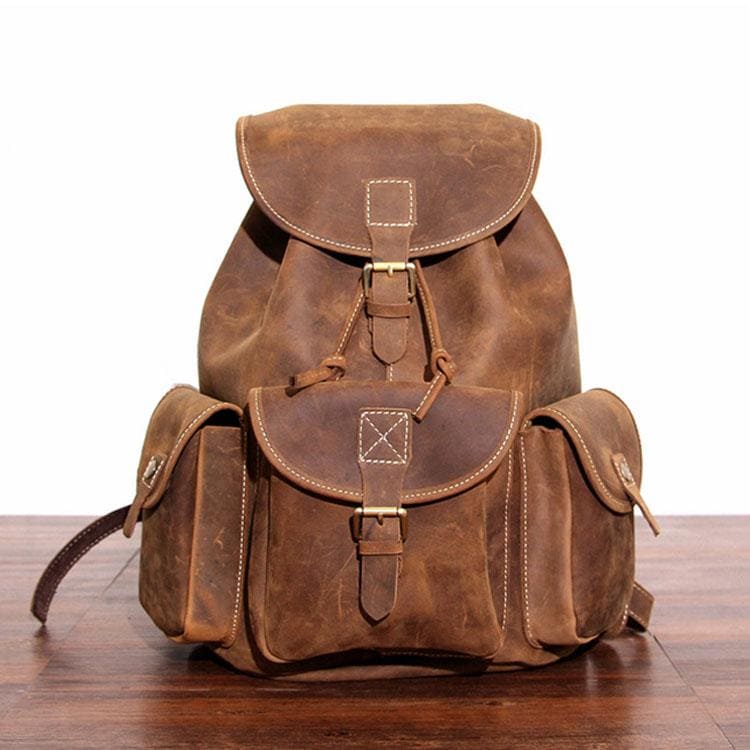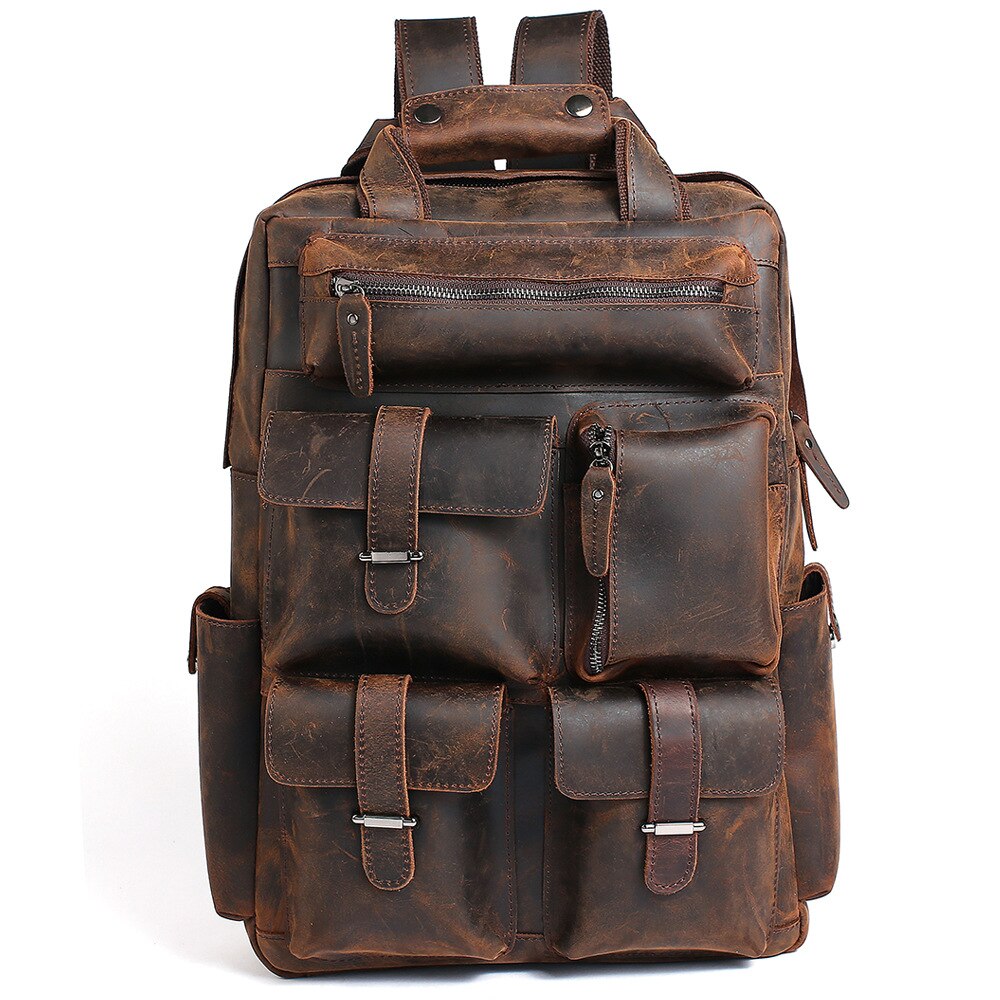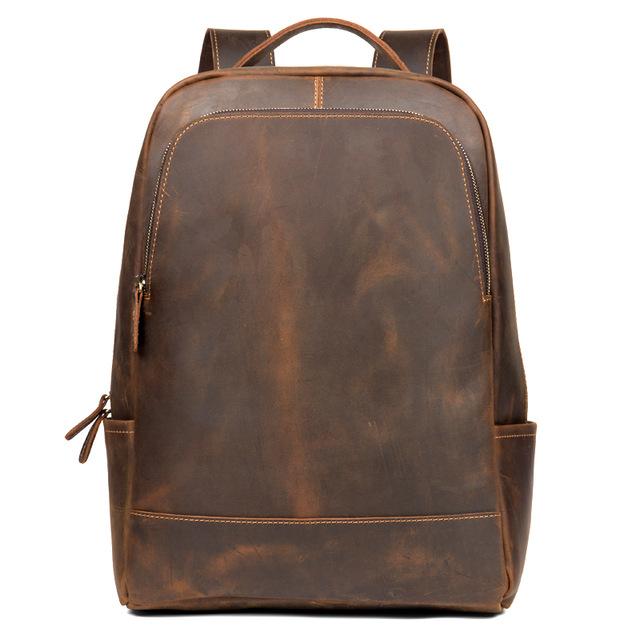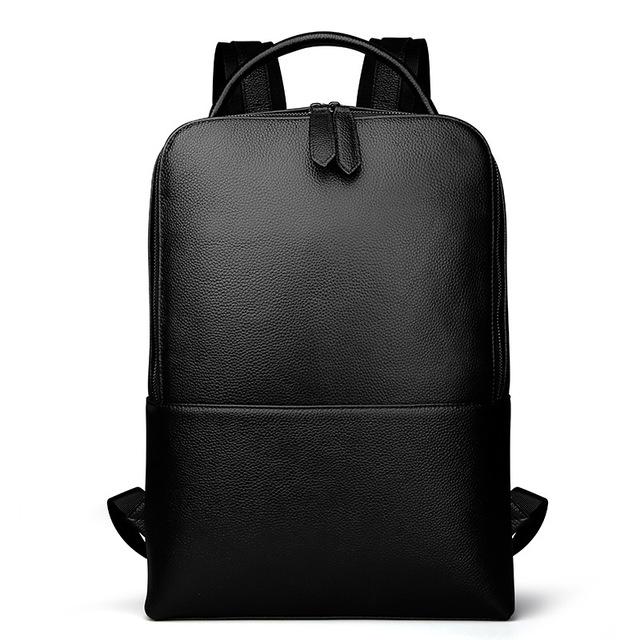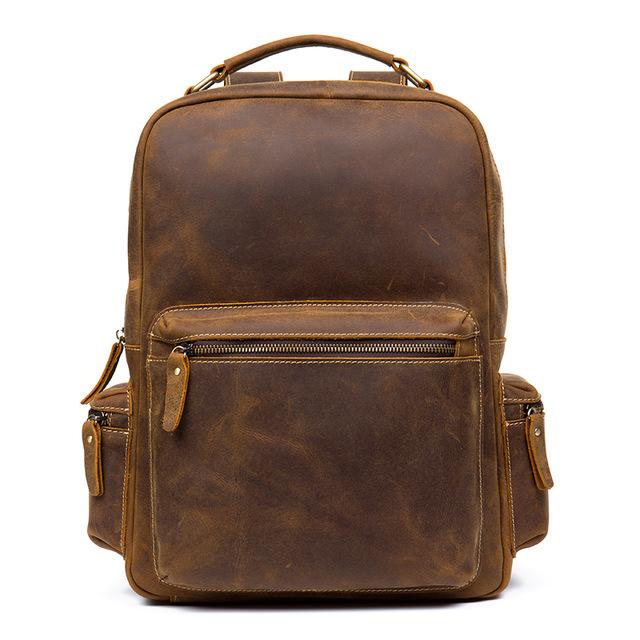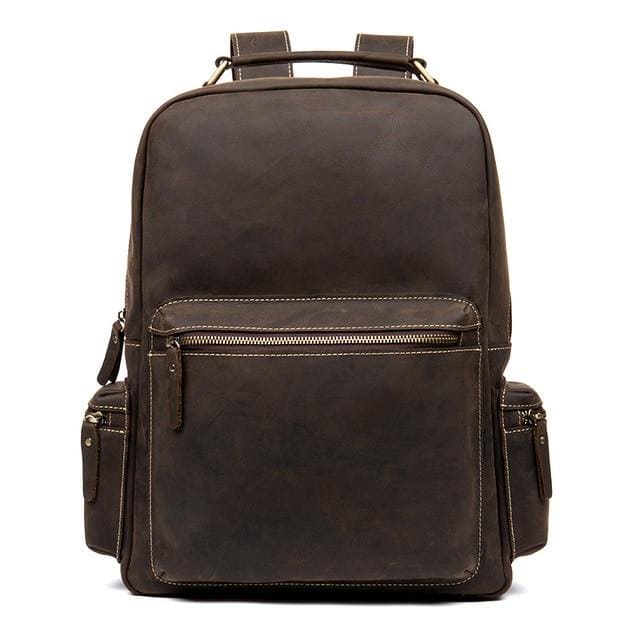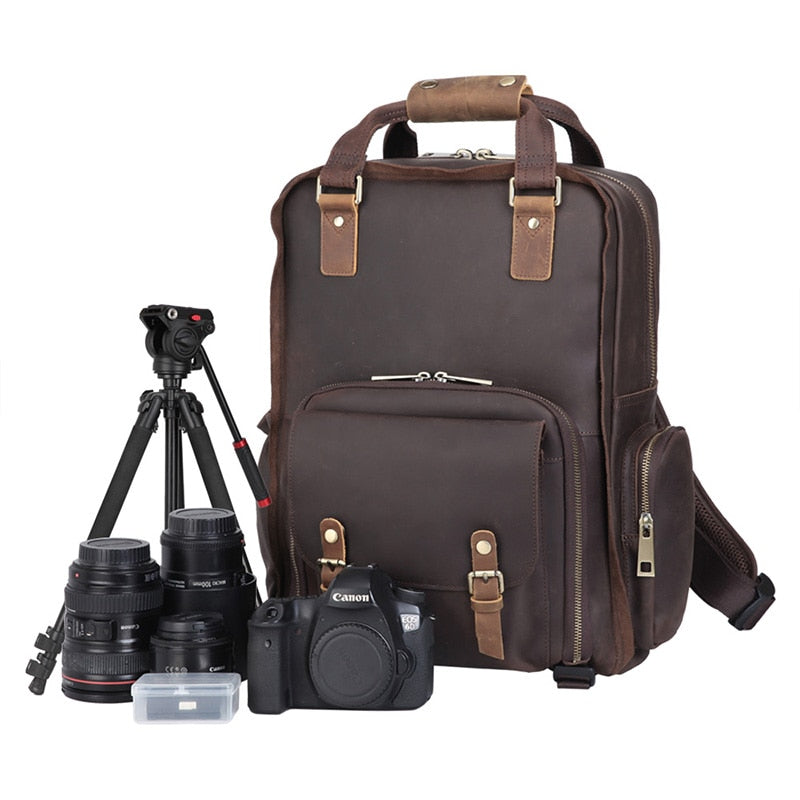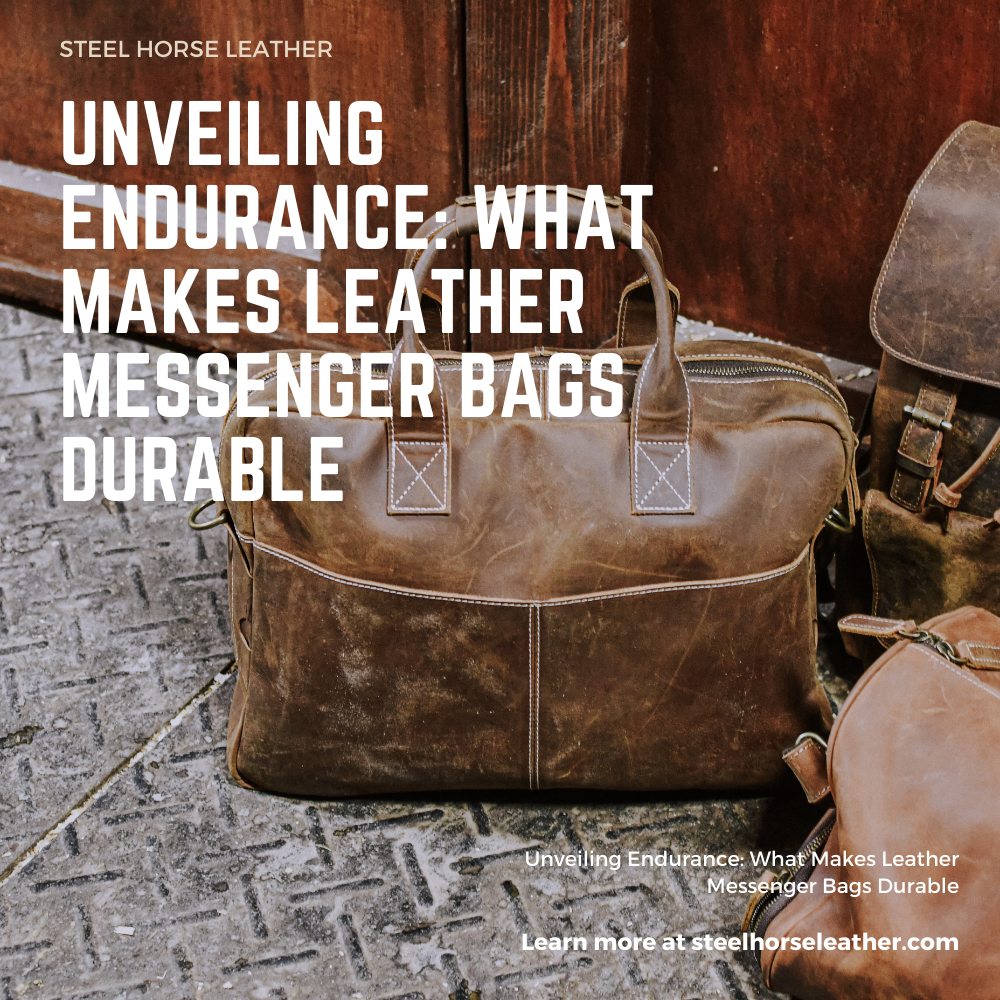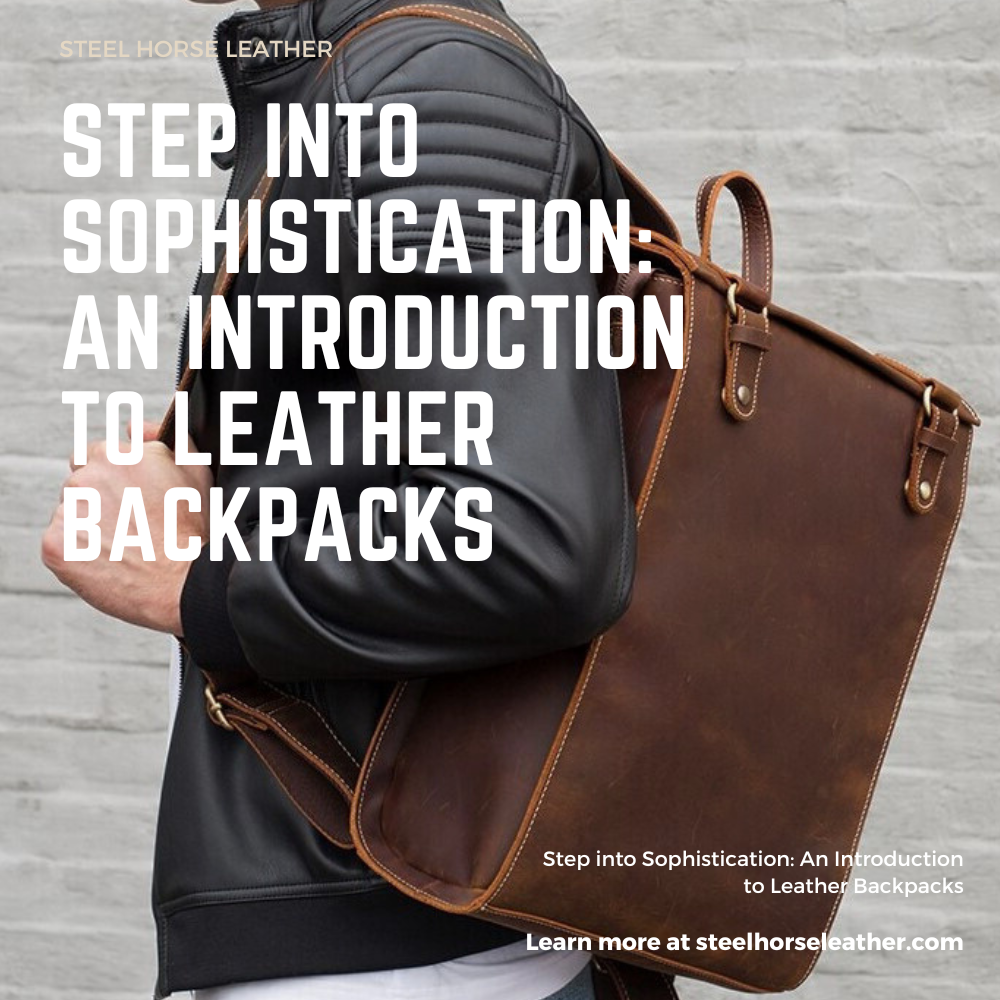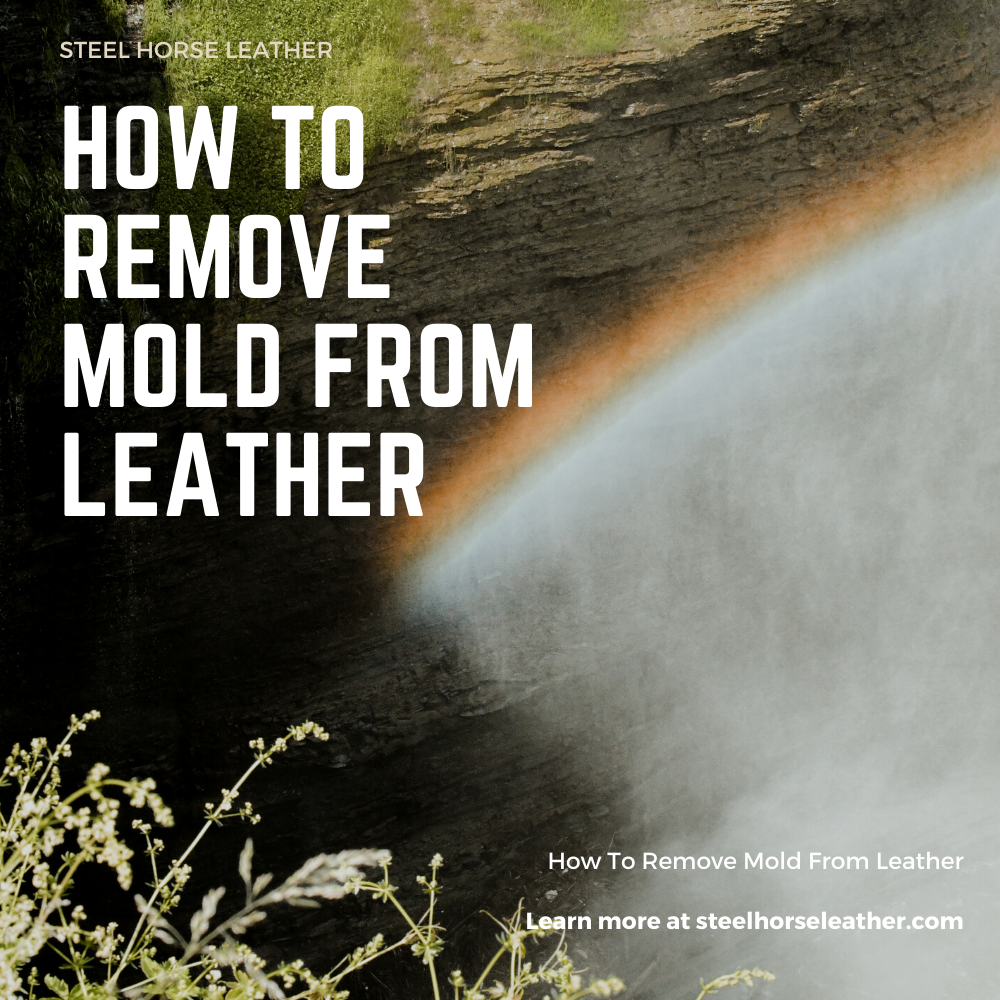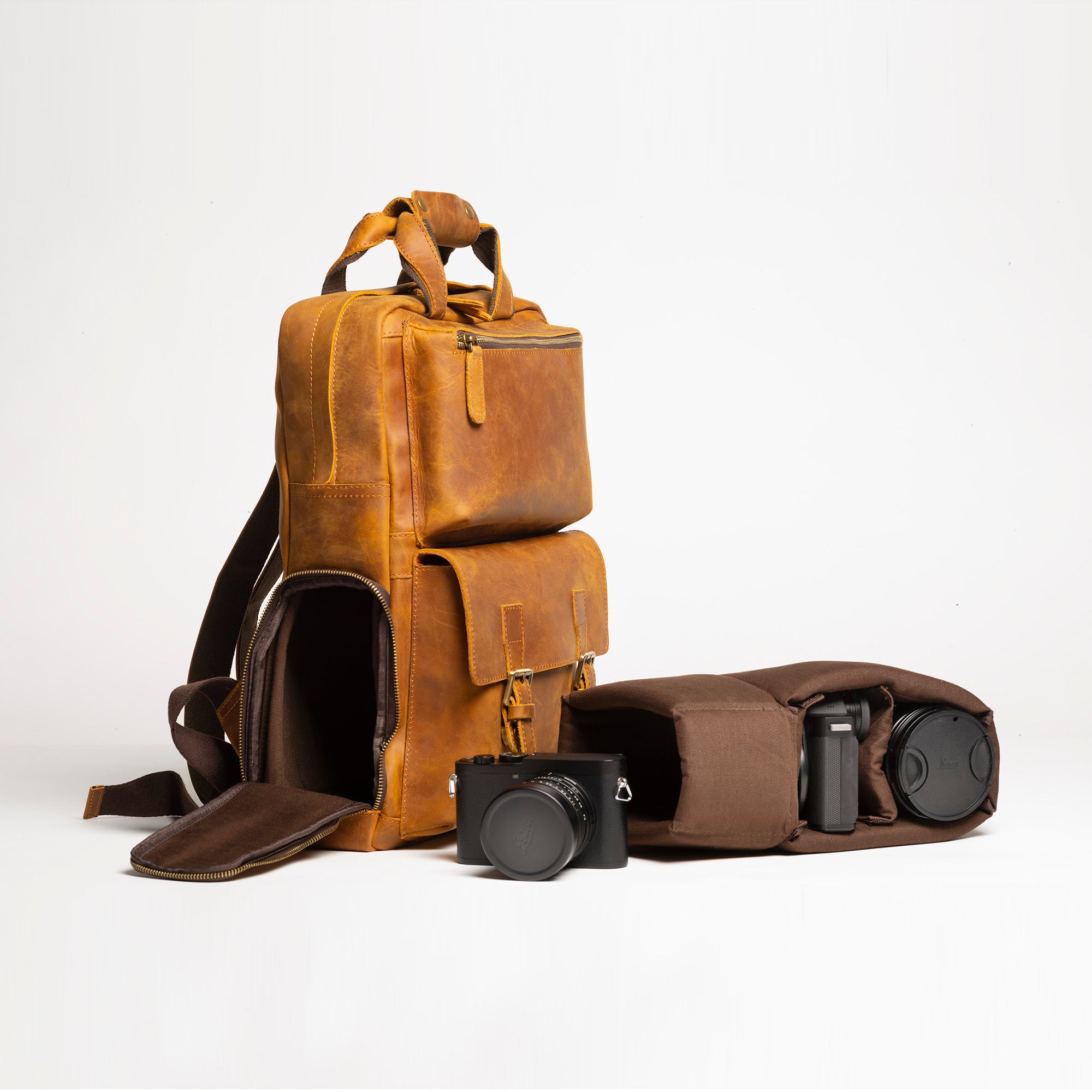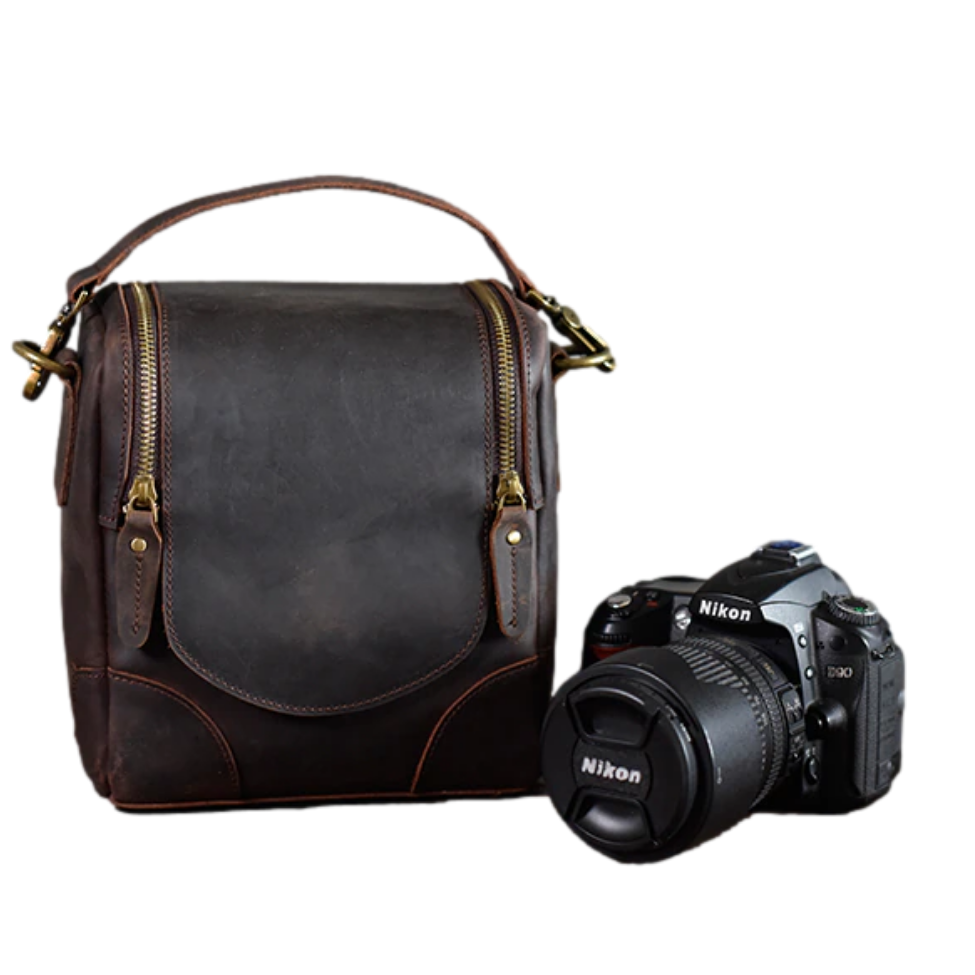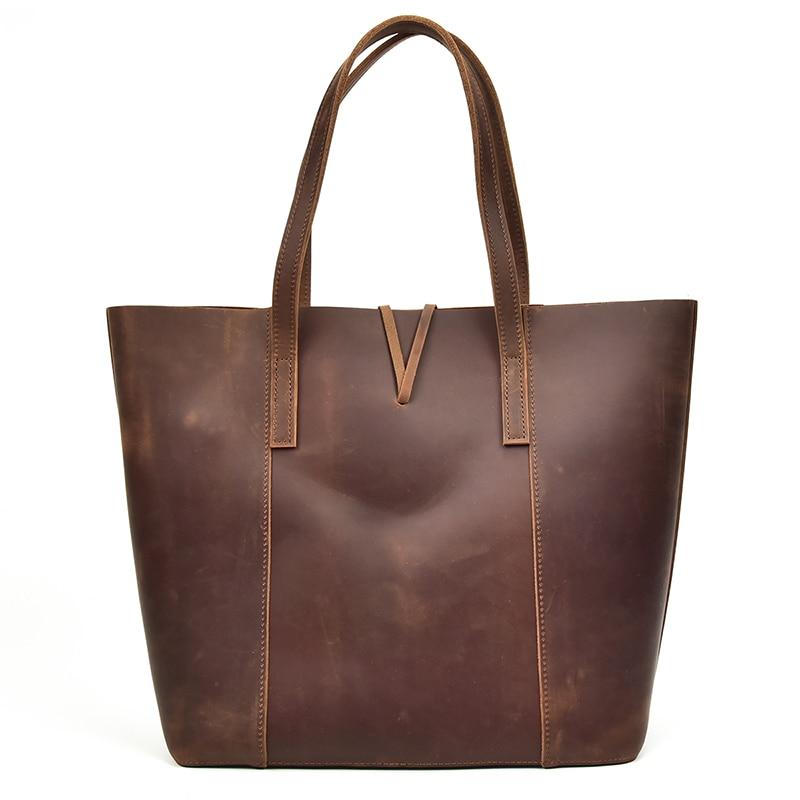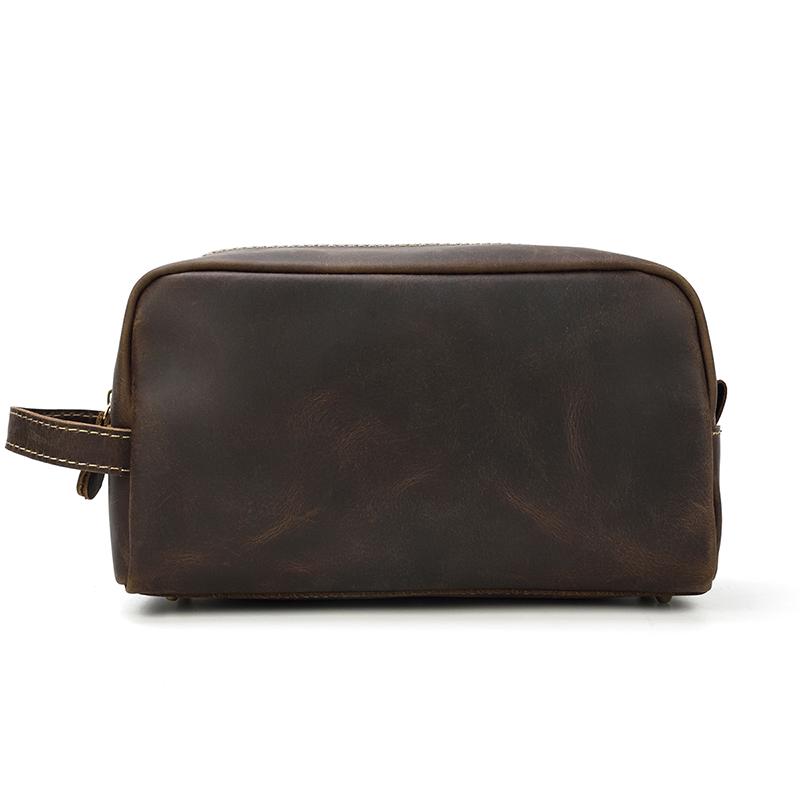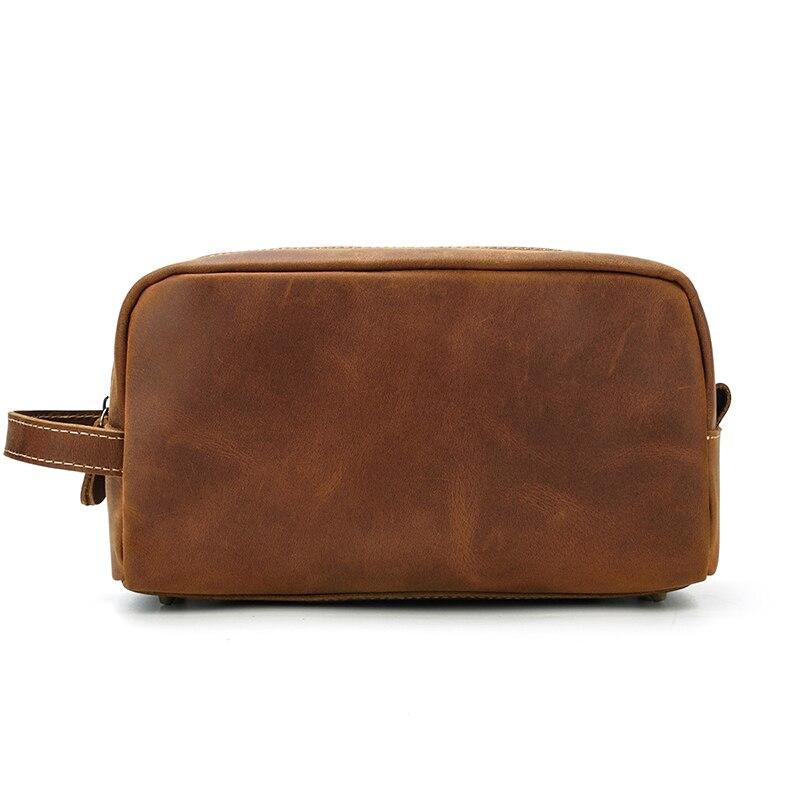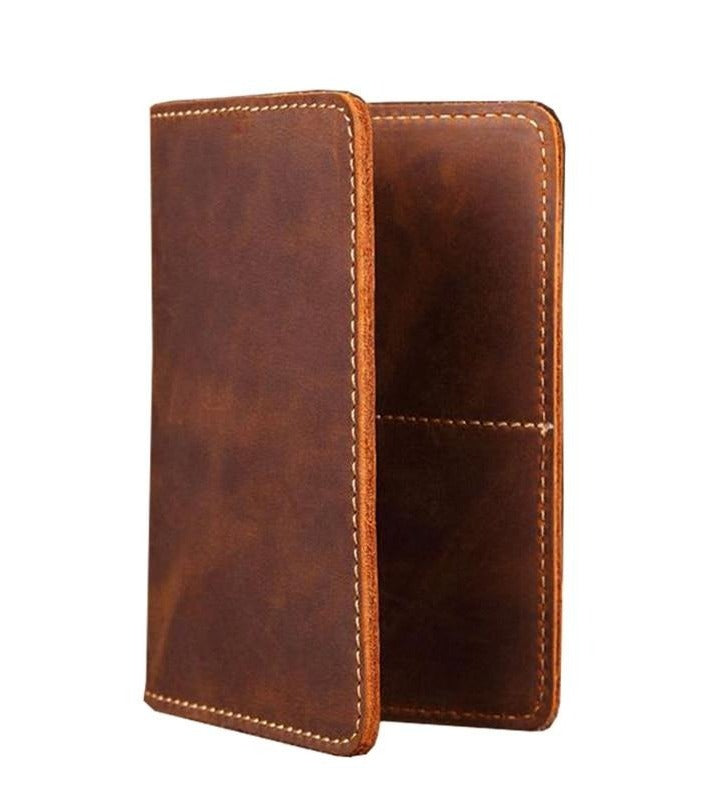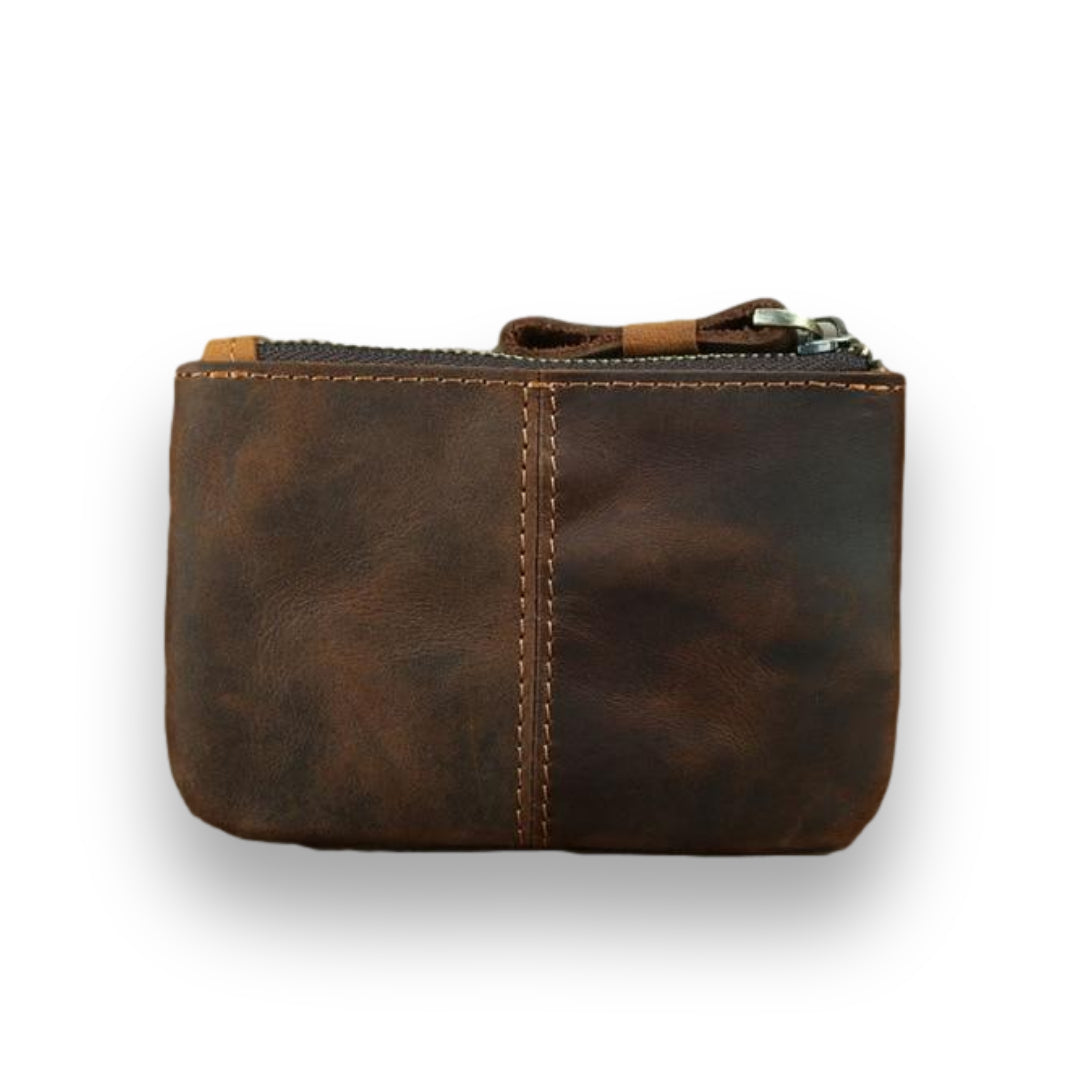Have you ever wondered how long it takes for leather to dry? Whether you're working with leather for a craft project or simply trying to figure out when your favorite leather item will be ready to use again, understanding the drying process is key.
Leather is a versatile and durable material used in a variety of products, from shoes and handbags to furniture and car interiors. However, drying leather properly is essential to maintaining its quality and preventing damage. Many factors, such as the type of leather, the thickness of the material, and the drying method used, can affect how long it takes for leather to dry.
In this article, we will explore the drying process of leather, including the factors that influence drying time and tips for effectively drying leather to ensure optimal results. Whether you're a seasoned leather crafter or simply curious about the care of your leather goods, understanding the drying time of leather is crucial for maintaining its integrity and longevity.
Leather is a commonly chosen material for bags. There are various types of leather, each with their own specific characteristics that make them suitable for different purposes. In comparison, suede is known for its softness, full grain leather is slightly tougher than suede, and nubuck is recognized for being more resilient and long-lasting. It's important to understand the differences in leather types before making a decision.
Key Takeaways
-
Never use direct heat sources like blow dryers, radiators, or direct sunlight to dry leather, as these can cause cracking, stiffness, and permanent damage to the material.
-
Different types of leather require different care approaches—water-based leather (like vegetable-tanned) is more resilient to water damage, while oil-based leather can suffer irreversible harm from excessive moisture.
-
Air drying at room temperature in a well-ventilated area is the safest and most effective method for drying leather, though it requires patience as the process can take several days.
-
Conditioning leather after it dries is essential to restore natural oils, maintain flexibility, and prevent cracking—this should be done regularly as part of routine leather maintenance.
-
Quick action is crucial when leather gets wet—immediately blot excess moisture with a dry cloth and begin the proper drying process to minimize potential damage.
Why Trust Our Leather Care Insights?

At Steel Horse Leather, our expertise in leather care extends far beyond simply crafting exceptional leather bags – we've dedicated ourselves to mastering every aspect of leather, from sourcing and processing to long-term maintenance and preservation. Our master artisans have spent decades perfecting their craft, developing an intimate understanding of how different leather types behave under various conditions, including moisture exposure and drying processes. This hands-on experience with full grain, nubuck, suede, and other leather varieties has given us invaluable insights into the proper care techniques that preserve leather's natural beauty and durability.
We've taken a holistic approach to understanding leather by thoroughly vetting our suppliers' tanning practices and processing methods, which has provided us with deep knowledge of how different treatments affect leather's response to water and drying conditions. Our obsessive attention to leather quality means we've witnessed firsthand what happens when leather isn't properly cared for, and more importantly, we've developed proven methods to prevent damage and extend the life of leather goods. When we share leather care advice, it comes from years of working with premium materials and understanding the science behind leather preservation.
Types of Leather
There are several types of leather, each with its unique characteristics that make it suitable for different purposes. Here are some common types of leather used in crafting and manufacturing:
Full Grain Leather
This particular leather tends to be thicker and heavier compared to other types of leather. Full-grain leather is commonly chosen for shoes and bags due to its strong and durable nature.
One of the key features of full-grain leather is its natural markings and imperfections, which add to its beauty and authenticity. These marks may include wrinkles, scars, and color variations, giving each piece a distinct look and feel. Over time, full-grain leather develops a rich patina, enhancing its appearance and increasing its beauty.
When it comes to caring for full grain leather, it is important to use high-quality leather care products and follow proper maintenance procedures. Regular cleaning and conditioning will help preserve the leather's natural beauty and keep it looking its best for years to come.
Nubuck Leather
Nubuck leather is frequently selected for items such as wallets, belts, and briefcases because of its soft and flexible characteristics. Both nubuck leather and lambskin leather have some similarities.
In addition to its aesthetic appeal, nubuck leather is also known for its durability. The buffing process not only gives the leather its soft texture but also helps to make it more resistant to wear and tear. This means that nubuck leather items are likely to last longer and maintain their appearance for a longer time.
Another benefit of nubuck leather is its flexibility. Because of its soft and supple texture, nubuck leather is easy to mold and shape, making it an ideal material for shoes and bags that need to be comfortable and functional. Nubuck leather items are also breathable, allowing air to flow through the material and prevent moisture buildup.
Suede Leather
Suede leather is distinguished by its thinner texture in comparison to full-grain leather, often appearing like a lighter form of nubuck leather. Suede leather is frequently utilized in the production of purses and small accessories.
Suede leather is typically more delicate than other types of leather, as it is more prone to staining and water damage. To maintain the quality and appearance of suede leather, it is important to handle it with care and use specialized cleaning products and techniques. Regular brushing with a suede brush can help to remove dirt and restore the nap of the leather.
In addition to its luxurious feel and appearance, suede leather is also known for its durability and longevity. With proper care and maintenance, suede leather items can last for many years and even improve in appearance over time. Additionally, suede leather is a sustainable and environmentally friendly material, as it is a byproduct of the meat industry and helps to reduce waste.
Calfskin Leather
Calfskin leather is known for being thinner and more delicate compared to other types of leather. Calfskin leather is commonly used for gloves, hats, and smaller accessories like keychains.
One of the main reasons why calfskin leather is so highly prized is because of its natural qualities. Calfskin is known for being incredibly soft and supple, making it comfortable to wear and handle. Additionally, calfskin leather is also very durable and resistant to wear and tear, making it a long-lasting material that can withstand the test of time.
Calfskin leather is also highly versatile and can be dyed in a variety of colors, allowing for a wide range of design options. This versatility makes calfskin leather a popular choice for designers and manufacturers who are looking to create unique and stylish leather goods that stand out from the crowd.
Tanned Leather
Tanned leather is a popular material used in various industries, from fashion to furniture to automotive. It is a process in which animal hides are treated to become more durable, flexible, and resistant to decay. Tanning can be done using different methods and chemicals, each resulting in different characteristics and qualities of leather.
One of the most common methods of tanning is vegetable tanning, which uses tannins found in plants such as oak bark, chestnut, or mimosa. This method produces a firm and stable leather that ages beautifully and develops a rich patina over time. Vegetable-tanned leather is often used in high-quality leather goods such as bags, belts, and wallets.
Another popular method of tanning is chrome tanning, which uses chromium salts to achieve a softer and more supple leather. Chrome-tanned leather is more water-resistant and has a shorter production time compared to vegetable-tanned leather. It is commonly used in shoes, upholstery, and automotive interiors.
Tanned leather is known for its durability, strength, and versatility. It can be dyed, embossed, and finished in various ways to create different textures and appearances. Leather products made from tanned leather are not only stylish but also long-lasting, making them a popular choice for consumers looking for high-quality and sustainable materials.
What Happens When Leather Gets Wet

The reaction of leather to water varies depending on the type of leather. Certain types of leather, such as oil-tanned, have a finish that helps them withstand water and weather conditions. It has the durability to handle daily use, including exposure to water and sun.
Certain types of leather, such as suede, are susceptible to water damage and may require protection to prevent ruin. It is recommended that you use a protectant on suede shoes or bags when you first get them.
Over time, leather can become cracked and dry from prolonged exposure to the elements, regardless of its intended purpose. To prevent this, it is important to properly care for and maintain leather items by regularly cleaning and conditioning them. This will help to keep the leather soft, supple, and looking its best.
So Why Does This Happen?
Think about when you wash your face with water. After drying your face, you might notice some dryness and tightness in your skin. Similar to how water affects your skin, as it dries, it eliminates oils from the hide. This may cause damage to the leather, resulting in a hardened and stiff feel. This may not be the best situation, particularly if you're using your leather product on a daily basis. It is important to act promptly to protect your leather items from water damage.
What To Avoid When Drying Your Leather
Do Not Use Heat
Do not use heat to dry leather as it can cause the leather to become stiff and brittle. Excessive heat can also damage the natural oils in the leather, leading to cracks and discoloration. Instead, air dry your leather items at room temperature by placing them in a well-ventilated area away from direct sunlight or heat sources. Pat dry any excess moisture with a clean towel and allow the leather to dry naturally.
Avoid Using a Blow Dryer
Avoid using a blow dryer to dry your leather items. The hot air from a blow dryer can cause the leather to dry out too quickly, leading to cracks and damage. It can also cause the natural oils in the leather to evaporate, making it more prone to drying out and becoming brittle. Instead of using a blow dryer, allow your leather items to air dry at room temperature. This will help preserve the natural oils in the leather and maintain its softness and flexibility.
Avoid Placing Your Leather Items Near Heat Vents or Radiators
Avoid placing your leather items near heat vents or radiators. Direct exposure to heat sources can cause the leather to dry out too quickly, leading to cracks and damage. The hot air from heat vents or radiators can also strip the natural oils in the leather, making it more prone to drying out and becoming brittle. Again to prevent this, make sure to place your leather items in a well-ventilated area away from direct heat sources while they dry.
Do Not Set Your Leather in Direct Sunlight
Direct sunlight can cause the color of your leather to fade and the natural oils in the leather to evaporate, leading to dryness and potential damage. It is important to avoid placing your leather items in direct sunlight while they dry. Instead, choose a well-ventilated area away from direct sunlight where your leather items can air dry naturally. This will help protect the leather from unnecessary damage and ensure that it dries properly.
Drying Leather
Air drying is generally recommended for drying leather, especially suede. This process includes hanging damp items on hangers in a properly ventilated area where heat can flow freely. If an air conditioning system is unavailable, consider positioning the item close to a radiator or heater. A fan can help circulate the warm air.
Blow dryers are commonly utilized to expedite the drying process. On the other hand, a blow dryer can result in lasting harm to the leather. To avoid damaging leather, always follow the manufacturer's instructions.
Steam pressing is a method that can be used to dry leather. Steam comparably presses function to ovens. The device has a compartment that is filled with water and heated components. The press turning on causes the water to boil and produce steam. All items in the press need to be fully immersed in water.
One key factor to consider when drying leather is the type of leather being dried. Different types of leather may require different drying methods to ensure that the material remains in good condition.
Two Kinds of Leather: Water-Based vs. Oil-Based
Understanding the two main types of leather can help you identify, care for, and repair your leather goods. The primary distinction lies in how the leather is tanned and finished, which affects its appearance and how it reacts to water.
| Characteristic | Water-Based Leather | Oil-Based Leather |
|---|---|---|
| Common Examples | Vegetable-tanned leather, Italian leather. | Distressed leather. |
| Appearance | Smoother grain pattern. | More textured and rough appearance. |
| Water Test | Quickly absorbs a drop of water without leaving a mark. | Water beads up on the surface and does not absorb quickly. |
| Water Damage & Repair | More easily repaired from moisture or water damage. | May become irreparably damaged if exposed to too much water. |
| Drying Process (if wet) |
|
|
Water-Based vs Oil-Based Leather
One way to distinguish between the two types of leather is by examining the material itself. Upon closer inspection, one can observe that the grain pattern on the leather appears to be smoother on water-based leather, while oil-based leather has a more textured and rough appearance.
Another way to differentiate between the two types of leather is by conducting a simple water test. Simply place a small drop of water on the leather surface. If the water is quickly absorbed and leaves no mark, it is likely water-based leather. However, if the water beads up on the surface and does not absorb quickly, it is likely oil-based leather.
How to Dry Water-Based Leather?
The initial step is to use a dry cloth to remove any water. This step should be done both on the outside and inside of the material. It is suggested to let water absorbed into leather evaporate naturally on its own. It is recommended to place a newspaper on the inside areas as well. This will assist with absorbing moisture and help in keeping the leather's shape intact.
For the best results, place the leather outside where there is good airflow. It is recommended to avoid direct sunlight exposure. The leather will need a couple of days to dry completely. On the other hand, it's important to not let the leather fully dry out. After it has dried sufficiently, you can apply a bit of leather conditioner for a final touch.
How to Dry Oil-Based Leather?
The initial step involves determining the level of moisture in the leather. If water is spilled on it, you can just wipe it off right away and it probably won't be a major issue. The issue arises when the leather has been submerged in water.
It is important to wait until the oil-based leather is fully dry before proceeding to the next task. Avoid using any stuffing, such as newspaper, and refrain from stretching the leather. Air dry the leather outside. Ensure it is placed in a well-ventilated area and shielded from direct sunlight. It will require several days for the leather to fully dry.
After the drying phase is completed, the next step involves applying oil. It is recommended that you use oil designed specifically for leather. Apply the oil to the leather by rubbing it in a circular motion with a cloth. It's important to remember that one application may not suffice. It is necessary to do this daily until the leather has completely regained its natural state.
What Are The Benefits Of Conditioning Leather?

Understanding the reasons for conditioning leather before learning how to do it may be beneficial. Maintaining the aesthetic appeal of this exercise is crucial, so be sure to use a leather conditioner and soft cloth to keep your leather looking pristine. Leather is derived from animal hide and, similar to skin, it will age when exposed to the elements, leading to dryness and a dull appearance. Conditioning the leather helps prevent this from happening.
Research has found that leather conditioners can enhance the longevity of a leather item, particularly genuine leather. Leather items, such as shoes, will naturally age over time, becoming dry and brittle, making them susceptible to cracking even with gentle use. Leather conditioning also helps address this part of a leather's aging process. Leather conditioner is not a miracle worker that can revive cracked leather, but it can be used as a preventive measure to avoid future damage.
In a similar way, you can also rely on leather conditioner and the natural oils within to provide a layer of protection to a leather item. As previously mentioned, leather conditioner is not a miracle fix, but it plays a significant role in preserving the allure of leather goods. Conditioning leather can offer some level of protection against water damage and stains. For complete leather protection, it is advisable to use leather protectants to safeguard the surface from external contaminants.
Guide On Conditioning Leather
Leather is a timeless material that requires proper care and maintenance to ensure its longevity and beauty. Conditioning leather is an essential step in preserving its quality and preventing it from drying out or becoming brittle. Whether you have a leather jacket, purse, or furniture, knowing how to condition leather correctly can make all the difference in its appearance and durability. In this guide, we will explore the best practices for conditioning leather to keep it looking its best for years to come.
Detach Straps or Accessories
When working with leather, make sure to take off any fasteners, laces, straps, or other accessories first to ensure you can effectively condition all areas of the leather. This will allow the conditioner to penetrate the leather evenly and prevent any spots from being missed.
Clean the Leather
Use a damp cloth to wipe the leather surface and remove any dirt or grime buildup. A microfiber cloth works best, but any cloth will do. Next, use a small amount of a specific leather cleaner (such as saddle soap) on a cloth and evenly spread it on the leather in circular motions to help the leather absorb it better.
Leather Needs to Dry Overnight
Allow the leather to air out in a dry area overnight to make sure it's fully clean and dry before conditioning it. This step is crucial to ensure that the conditioner can be absorbed properly without any excess moisture interfering with the process.
Remove Any Leftover Cleaning Solution
After allowing the leather to sit for a while, use a dry cloth to remove any leftover cleaning product from the leather surface. This step is essential to prevent any residue from interfering with the conditioning process.
Please Conduct a Patch Test With the Conditioner
To prevent discoloration of your leather, test the conditioning agent by applying a small amount with a clean cloth and letting it sit for an hour. Conditioned leather usually appears darker because of the moisturizing treatment. You may want to consider using a different leather conditioner if the spot appears significantly darker and less appealing to you.
Apply Leather Conditioner
Use a dime-sized amount of leather conditioner, such as mink oil, on a soft cloth. Microfiber is preferred but not required. It is recommended to avoid using DIY leather care products such as olive oil or coconut oil, as they may have potential negative effects on your item. Rub the clean leather in circular motions with the cloth to start. Apply the conditioner all over the leather for an even coverage.
Allow the Leather to Rest
After applying the conditioner, allow your leather to air-dry a second time—overnight is usually best to ensure complete drying.
Wipe away any conditioning residue. After the leather has rested, use a clean, dry cloth to wipe away any residue the conditioner may have left behind. Your leather should now look smooth and hydrated.
For best results, condition leather goods regularly, any time it starts looking faded or dry. Many dedicated leather owners condition their leather products as often as once a month to make sure the goods look and feel their best.
FAQs
How Long Does It Take for Leather to Dry After Conditioning?
The time it takes for leather to dry after conditioning can vary depending on factors such as the type of conditioner used, the thickness of the leather, and the humidity level in the environment. In general, it is best to allow leather to air dry overnight to ensure that it is fully dry before using or storing it.
Once you have completed the conditioning process, it is essential to follow the instructions provided by the leather conditioner manufacturer. Different conditioners may have specific guidelines for application and drying times, so be sure to read and adhere to these instructions carefully.
Monitor the drying progress. Check periodically on the leather item as it dries to ensure that it is progressing as expected. Touch the leather gently to see if it feels damp. If it does, allow more time for drying. Avoid using heat sources such as hair dryers or direct sunlight to speed up the drying process, as this can damage the leather.
Can I Speed Up the Drying Process of Leather?
While it is best to allow leather to air dry naturally to prevent damage, there are some steps you can take to help speed up the drying process slightly. Placing the leather item in a well-ventilated area with good air circulation can help facilitate faster drying. You can also use a fan on a low setting to gently blow air over the leather to help remove excess moisture.
However, it is essential to exercise caution when trying to speed up the drying process. Excessive heat or direct sunlight can cause the leather to become stiff and crack, so it is best to avoid using these methods to dry leather.
If you need the leather item to dry more quickly, consider using a leather protectant spray or water repellent. These products can help to waterproof the leather and prevent excessive moisture absorption, which can speed up the drying process.
Overall, it is important to be patient when allowing leather to dry after conditioning. Rushing the drying process can lead to damage and compromise the quality of the leather. Taking the time to properly air dry your leather goods will ensure that they remain in top condition for years to come.
How Do I Know If My Leather Is Fully Dry After Conditioning?
To determine if your leather is fully dry after conditioning, gently touch the surface of the leather with clean, dry hands. If the leather feels cool to the touch and smooth, it is likely fully dry. Additionally, you can try gently flexing the leather to see if it feels supple and pliable. If the leather still feels damp or sticky, it may need more time to dry.
It is important to remember that leather can take some time to fully absorb the conditioner and dry completely. Be patient and allow the leather to air dry naturally to ensure that it retains its quality and durability. If you are unsure if the leather is fully dry, err on the side of caution and give it more time to air dry before using or storing it.
Conclusion
In conclusion, taking care of your leather bags and ensuring it stays in good condition is essential to extending its lifespan. If your bags become soaked in a storm or any other situation, it is important to act quickly by gently tapping dry it with a cloth and allowing it to air dry at room temperature. Using a leather cleaner to remove dirt and dust, followed by applying a leather conditioner, will help maintain the softness and flexibility of the leather material. Hanging your jacket after conditioning allows the product to fully penetrate the leather, ultimately preserving its quality for years to come.
Overall, following these steps will ensure that your leather bag remains in optimal condition despite facing water damage. By taking proper care of your bags and treating it with the necessary products, you can continue to enjoy wearing it without worrying about stiffness or damage from being soaked. Remember to regularly clean and condition your leather bag as part of a routine maintenance schedule to keep it looking great for years down the line.



















